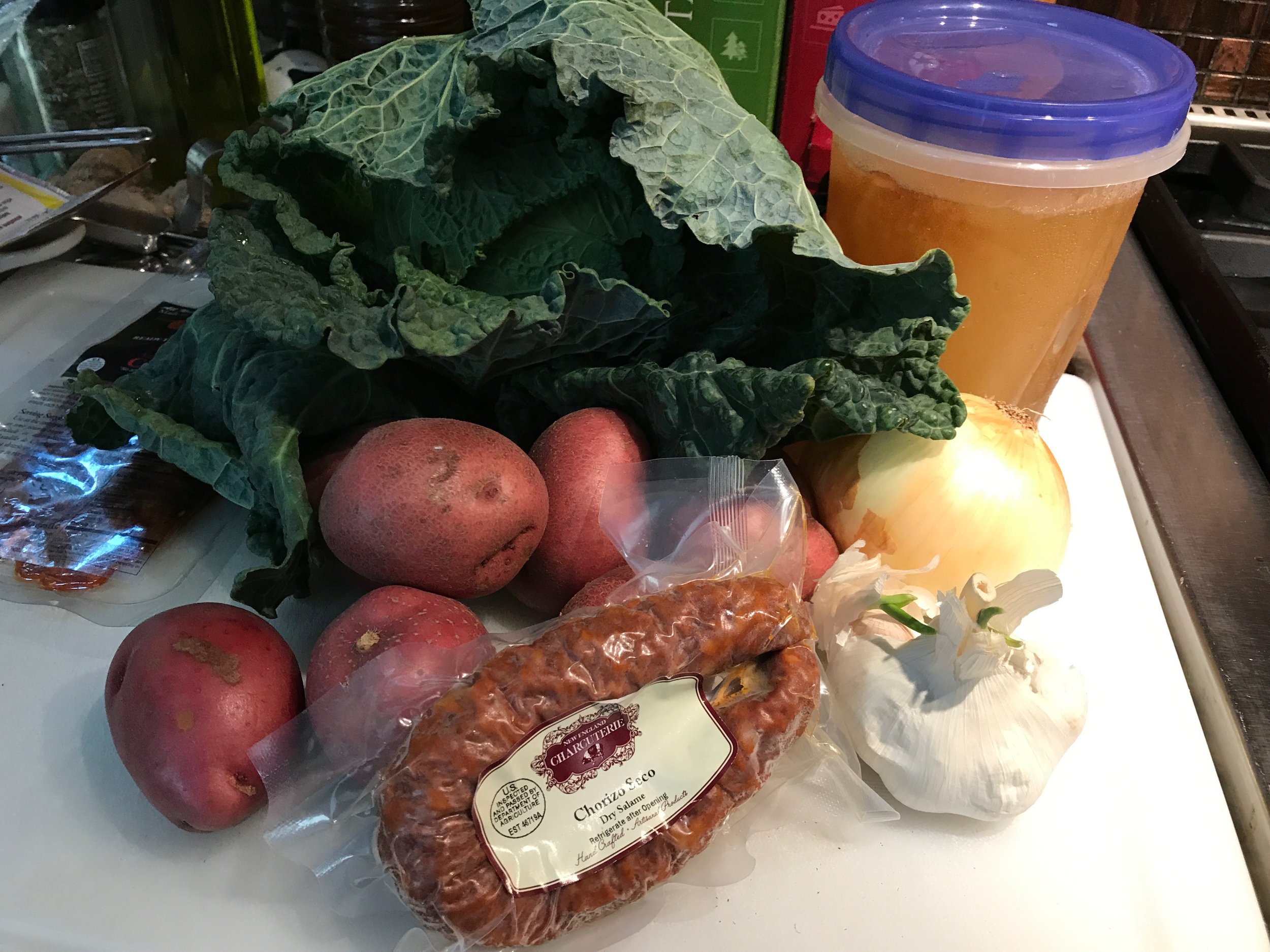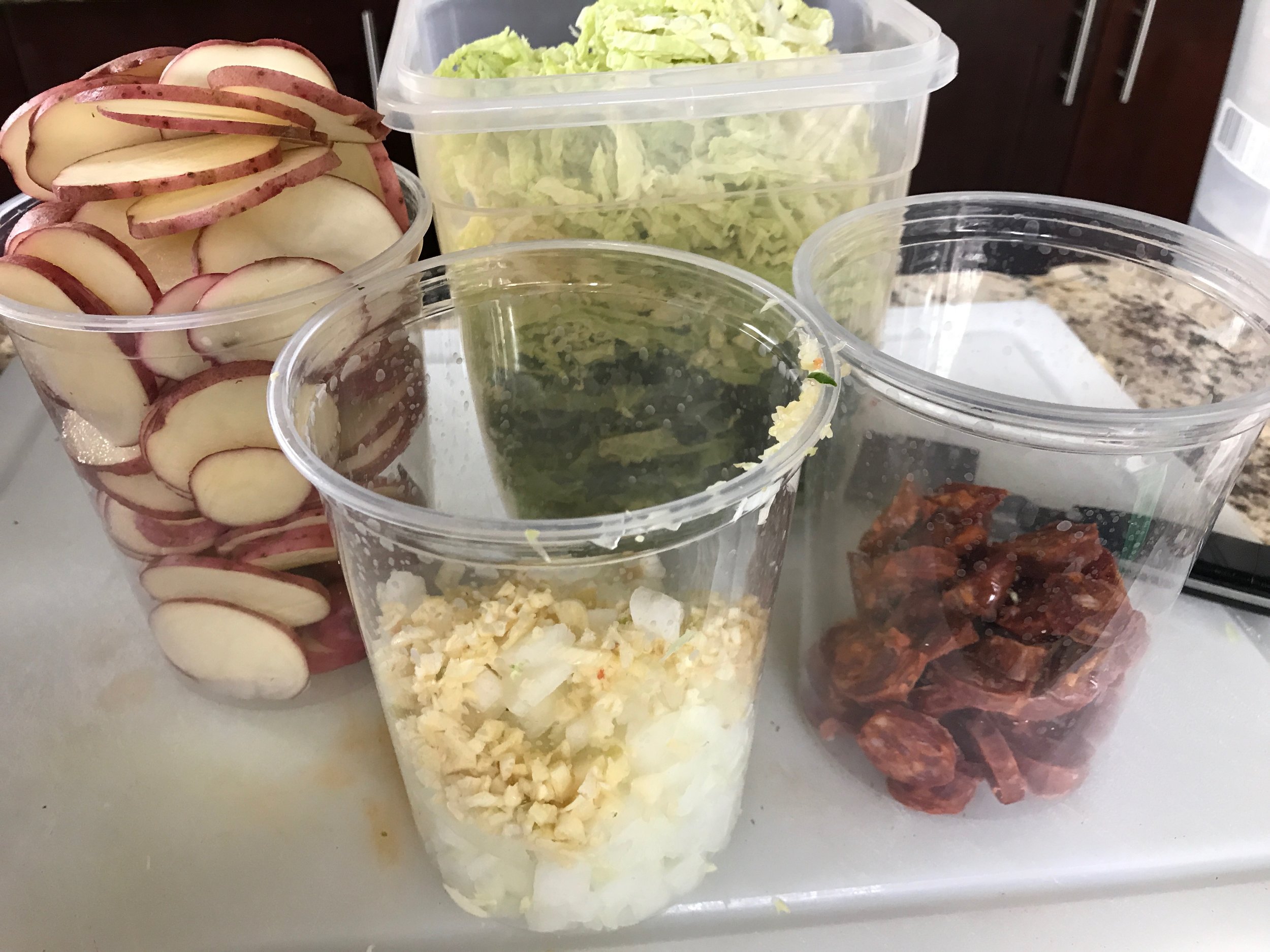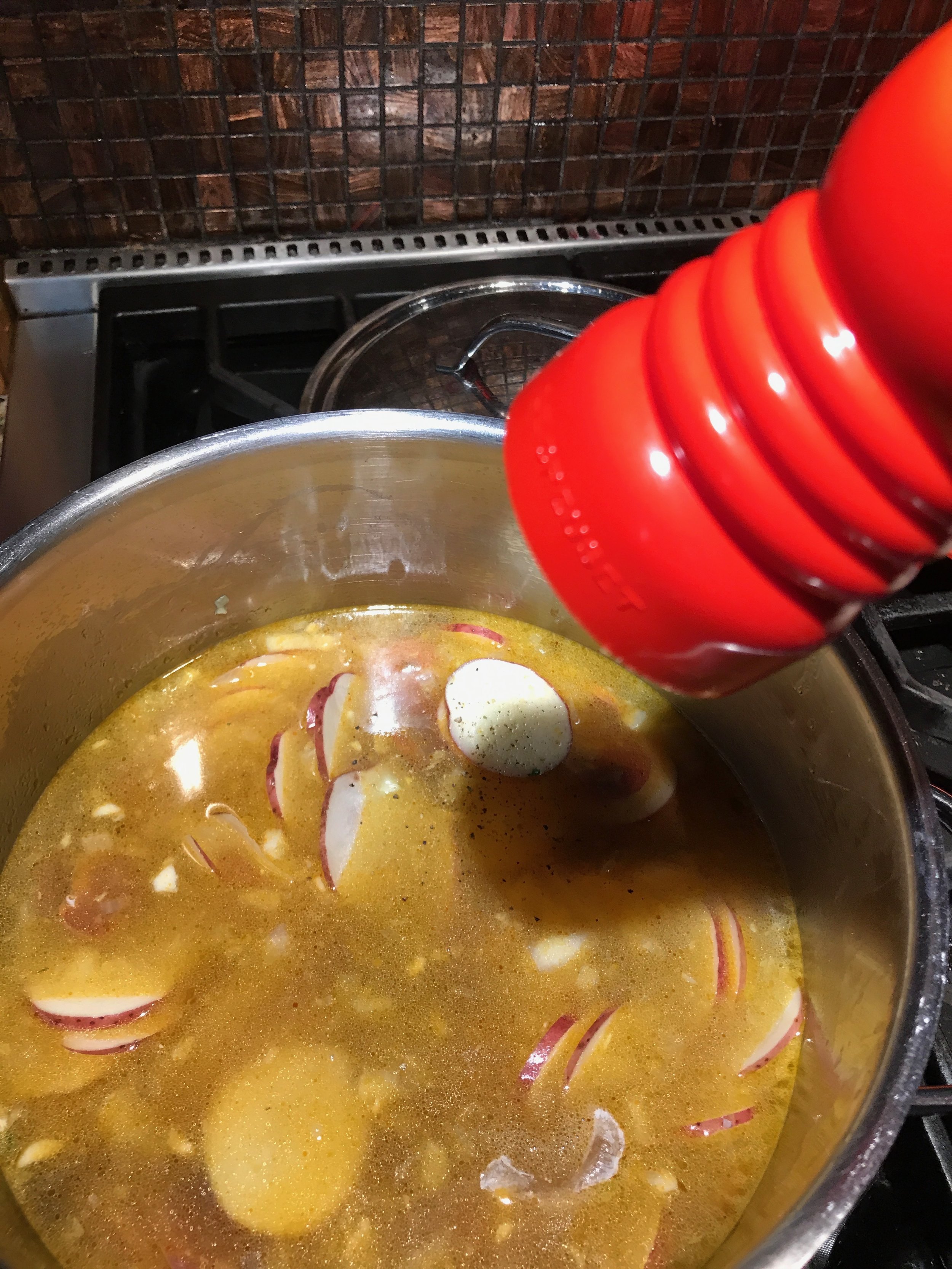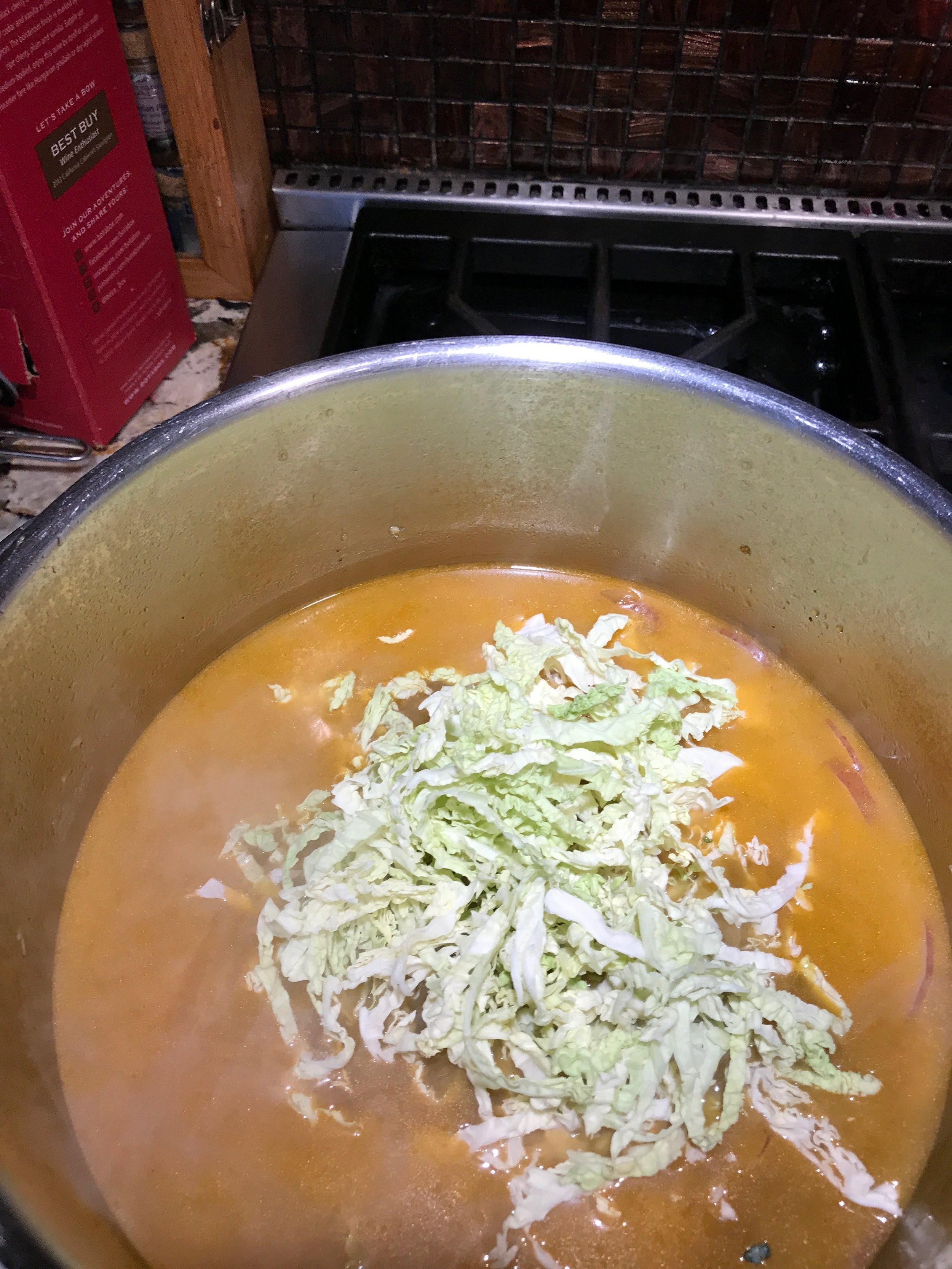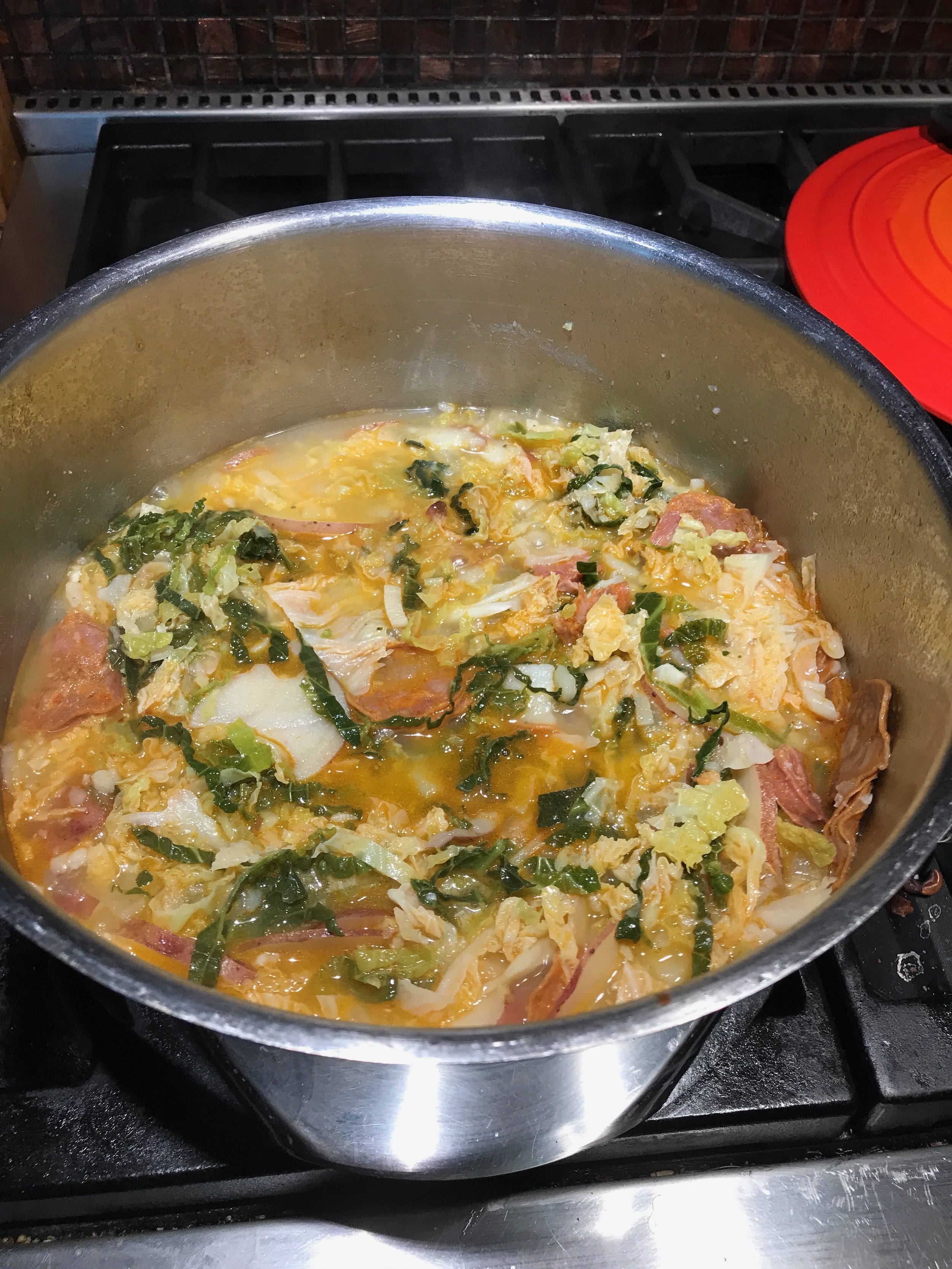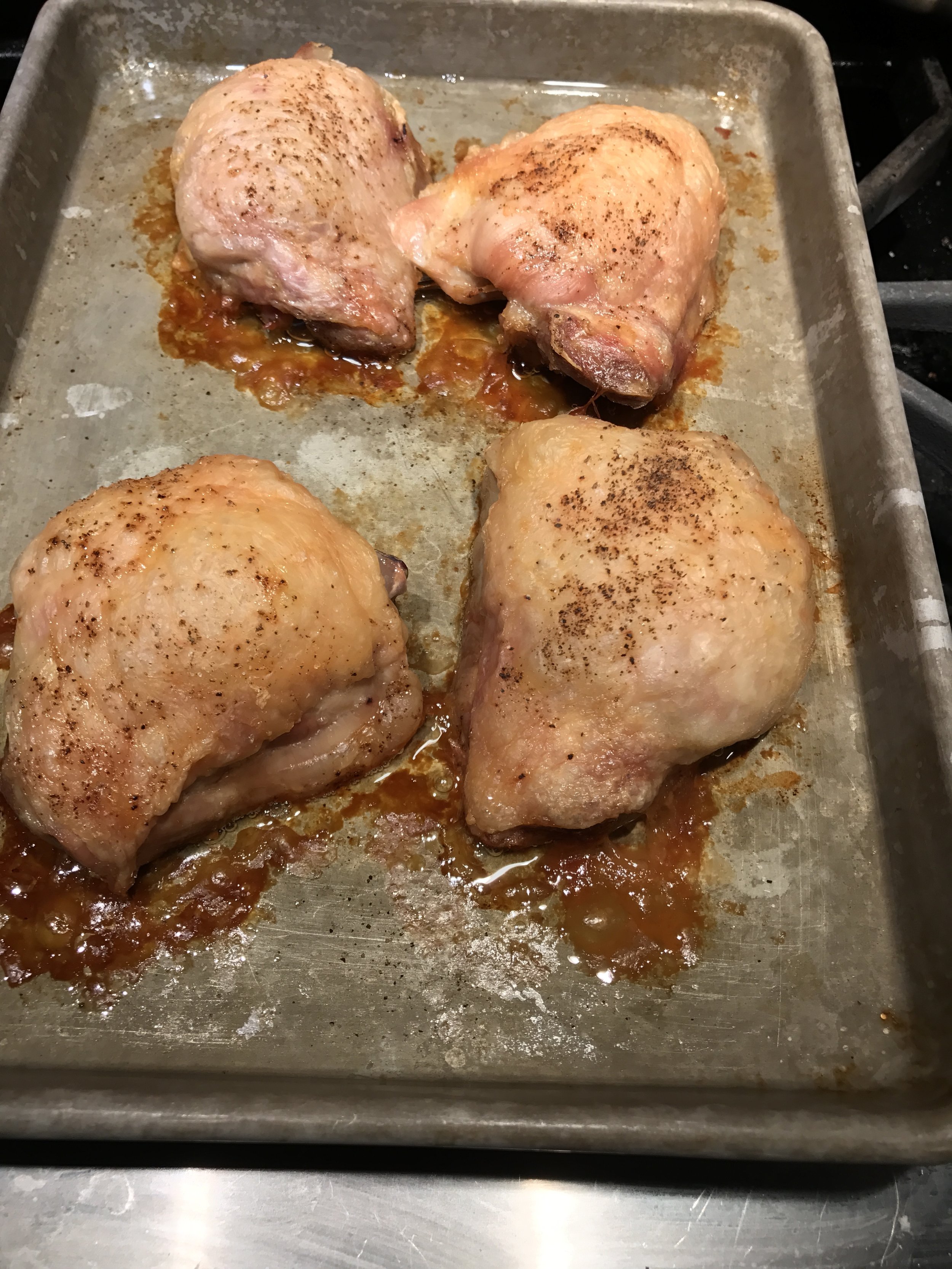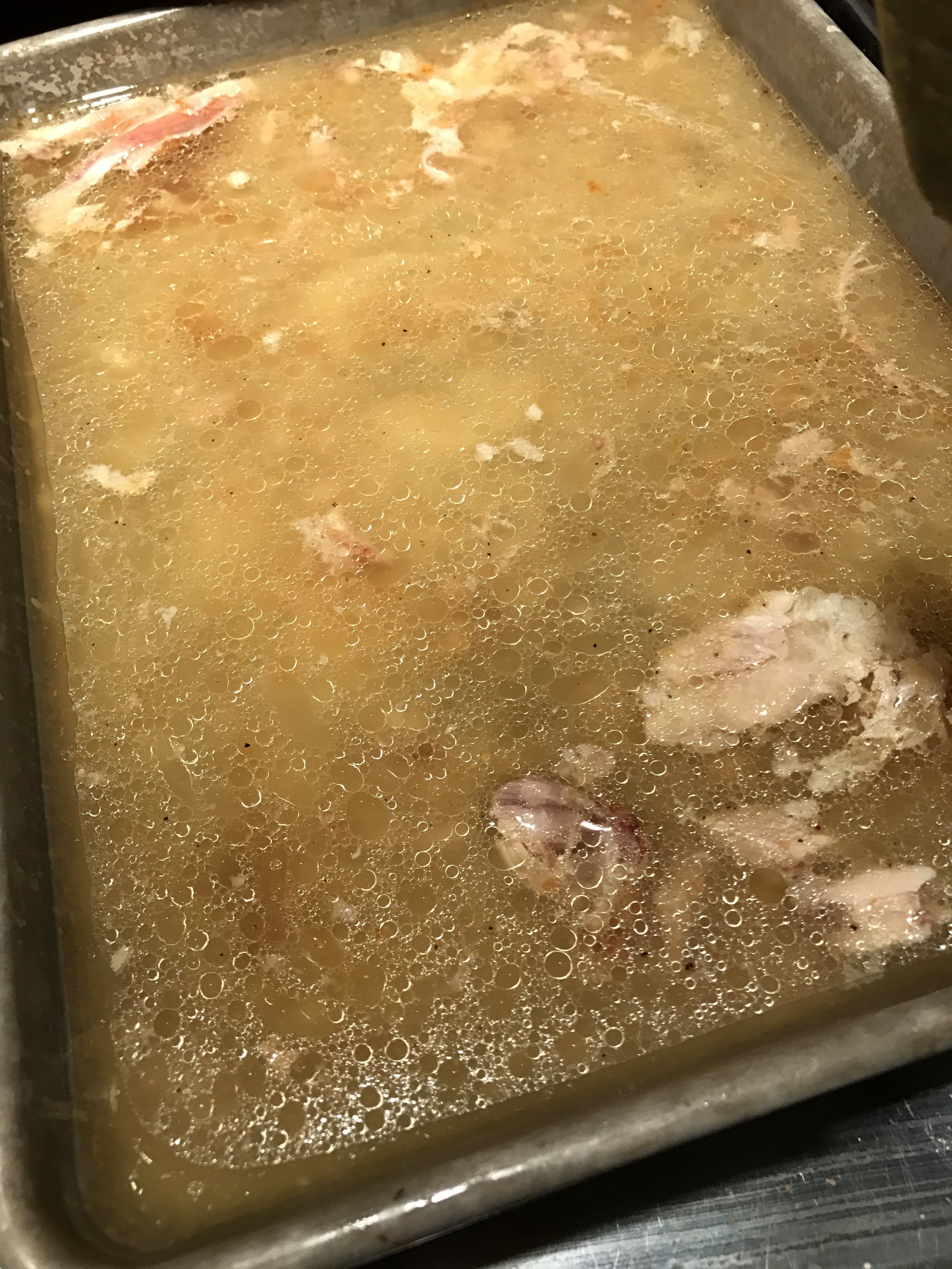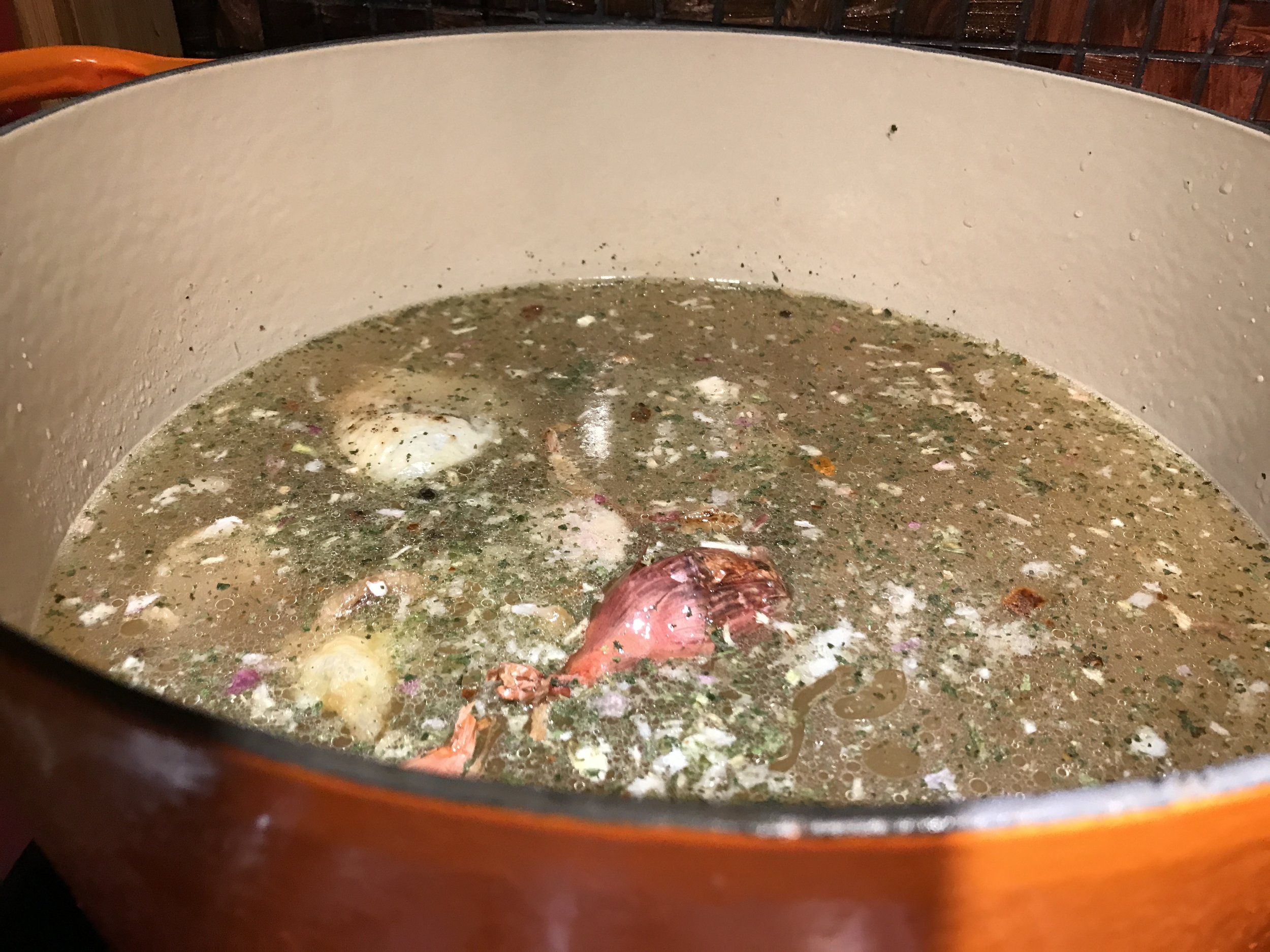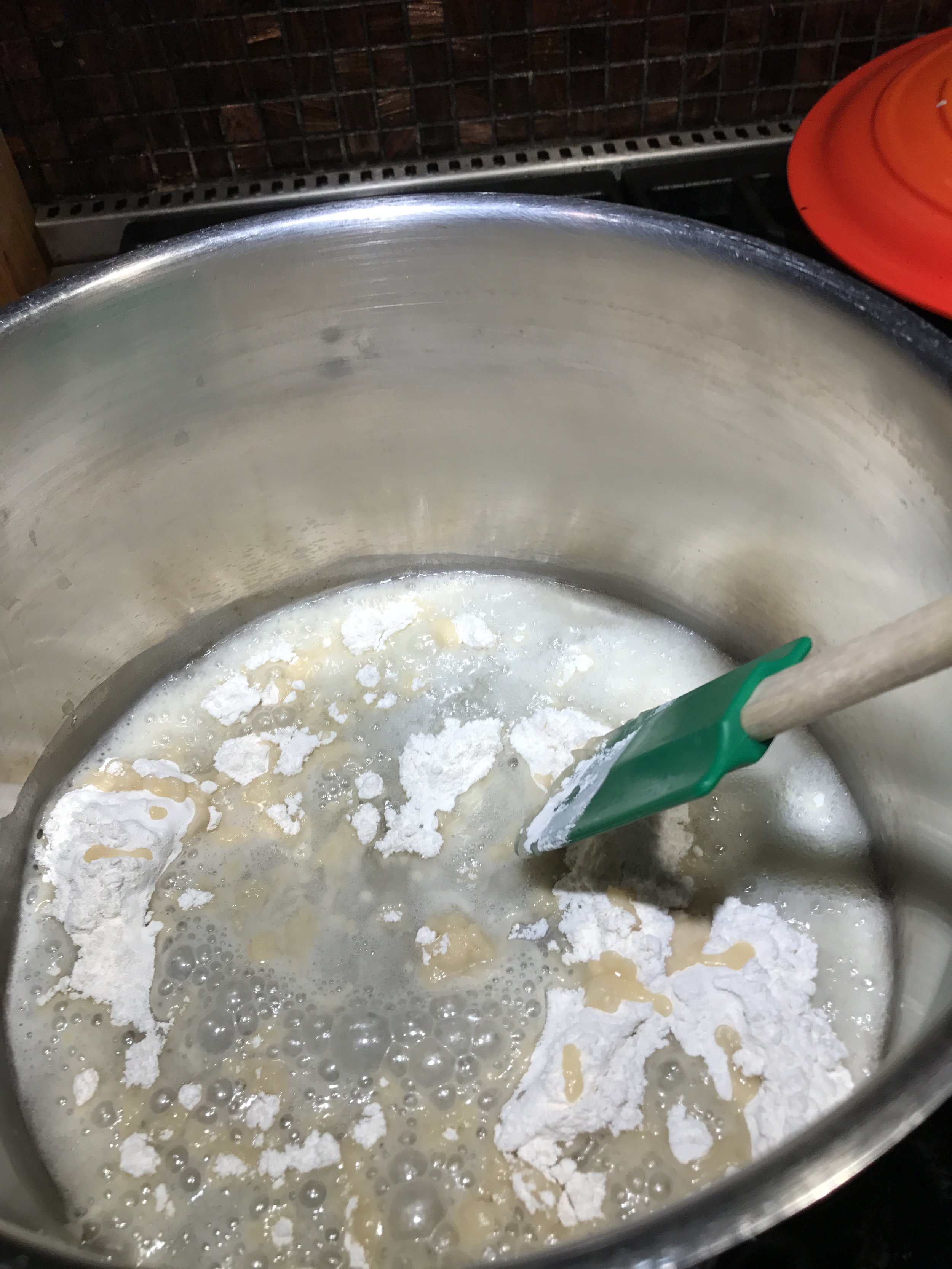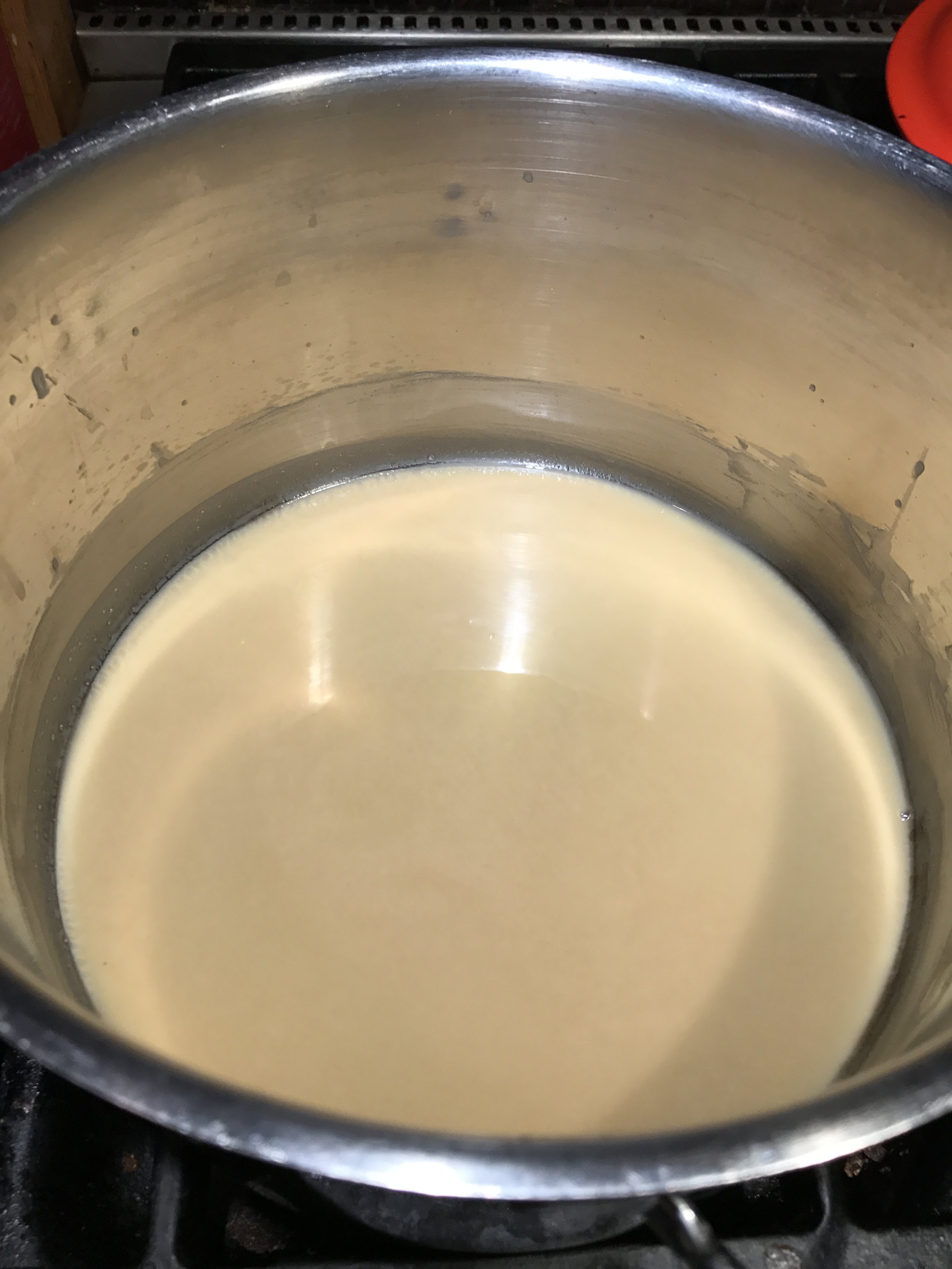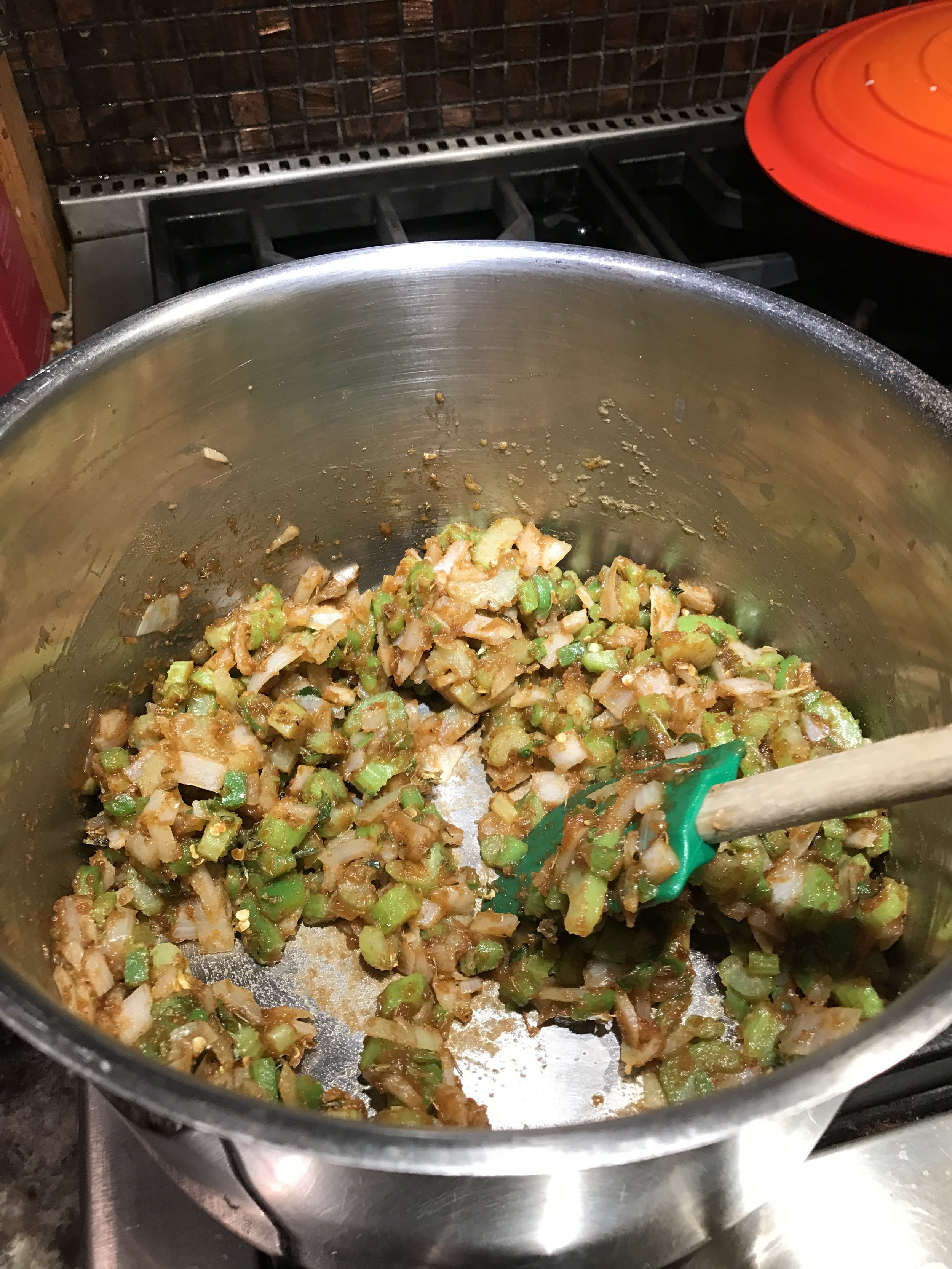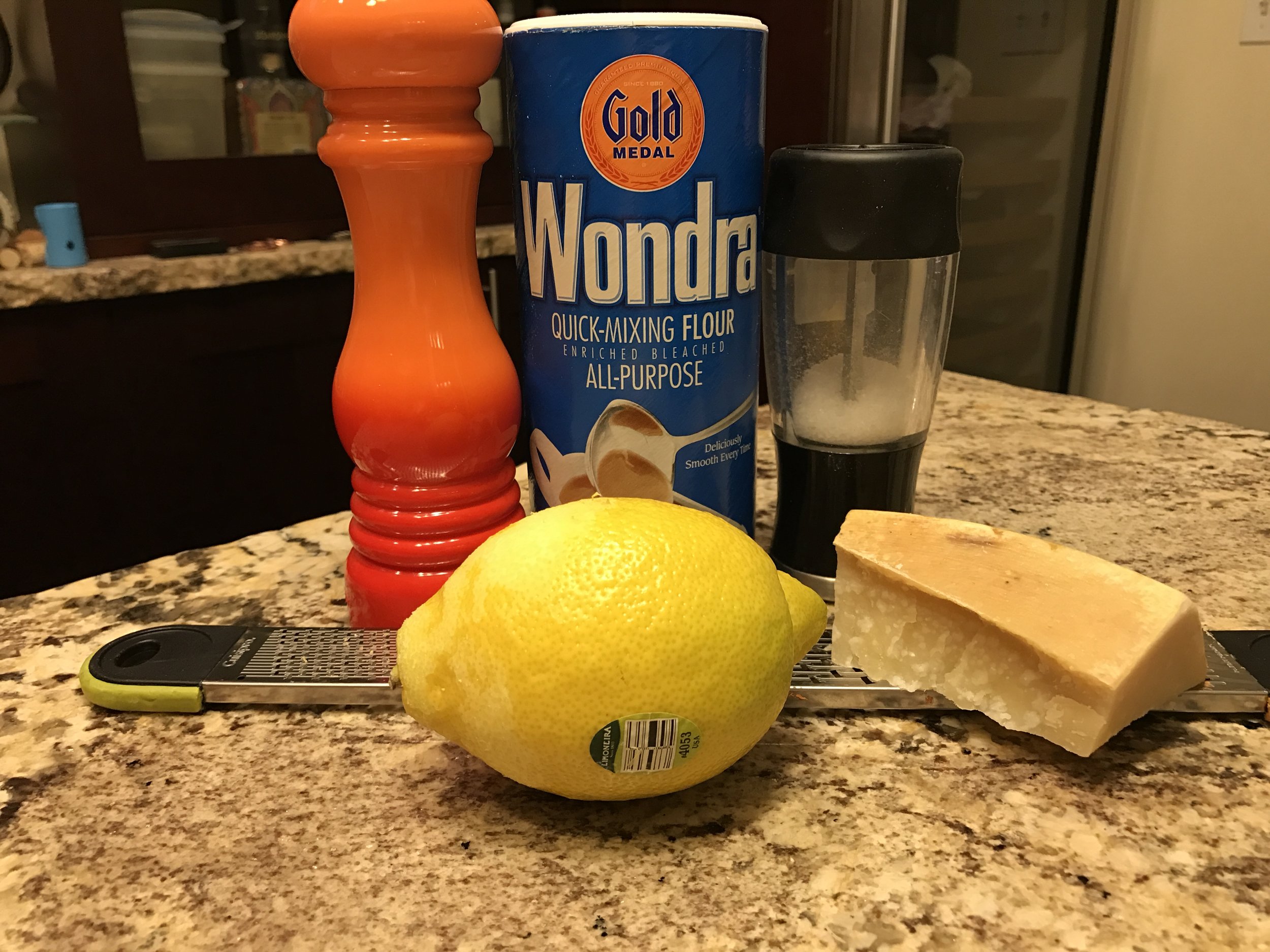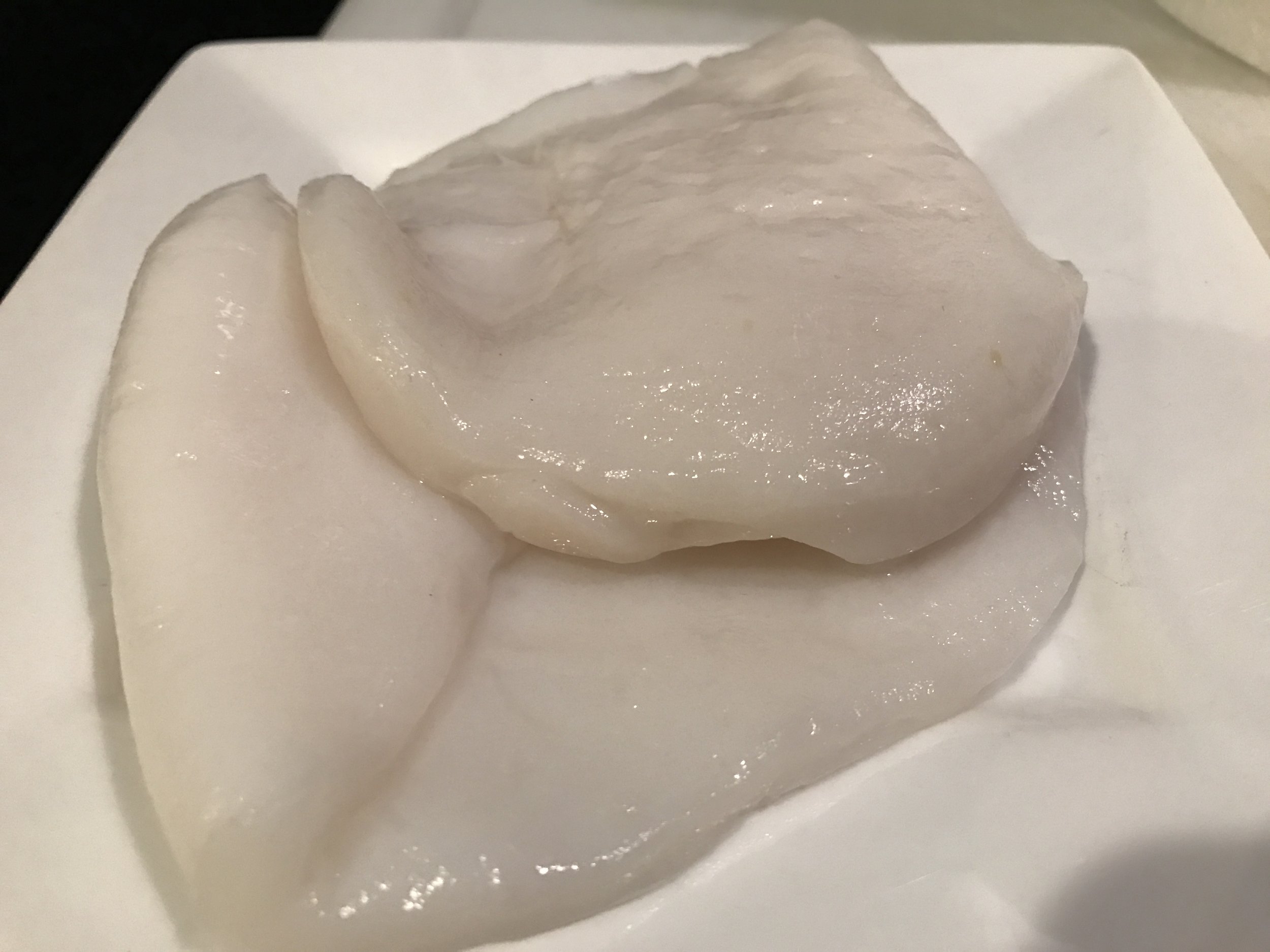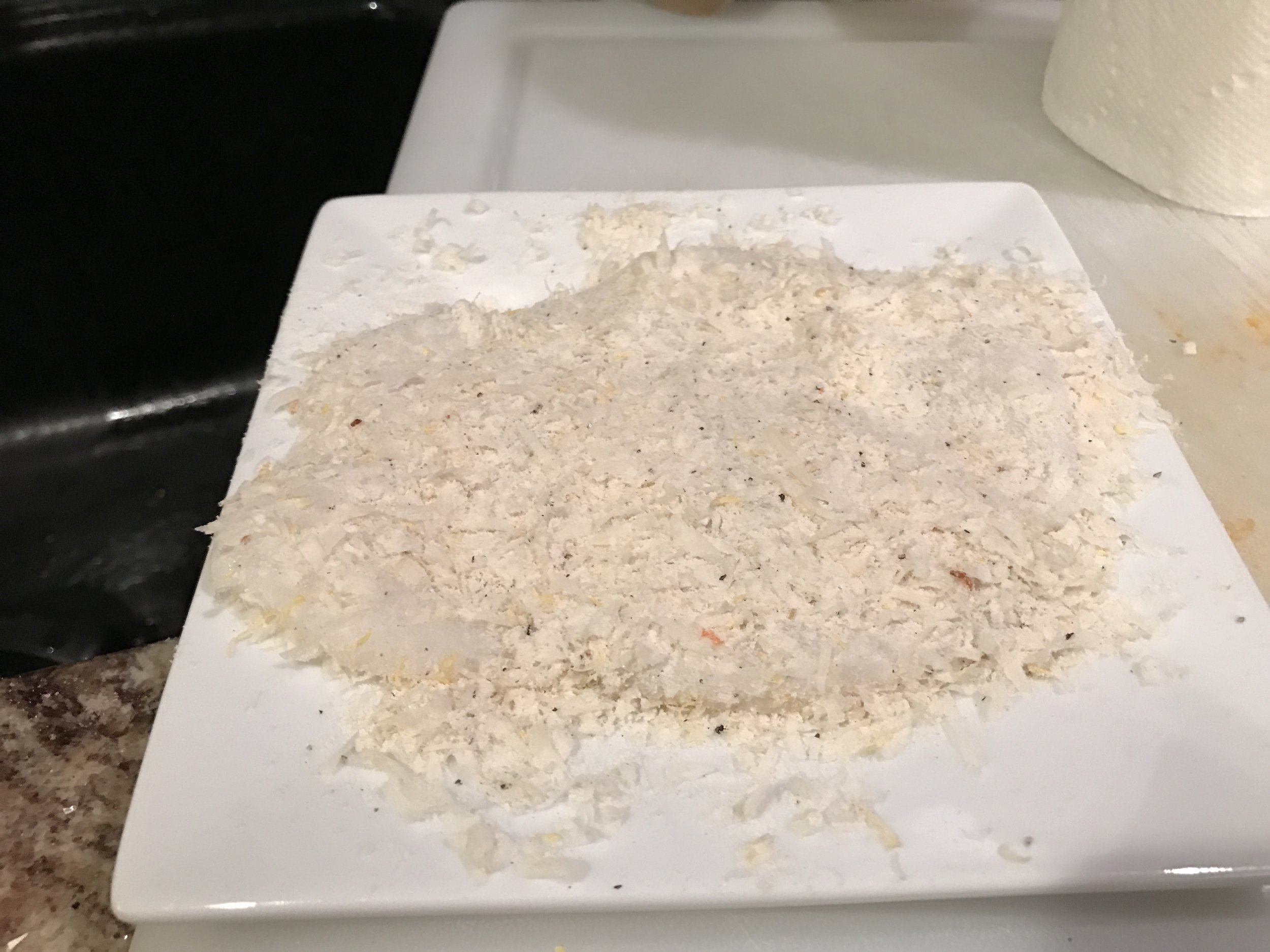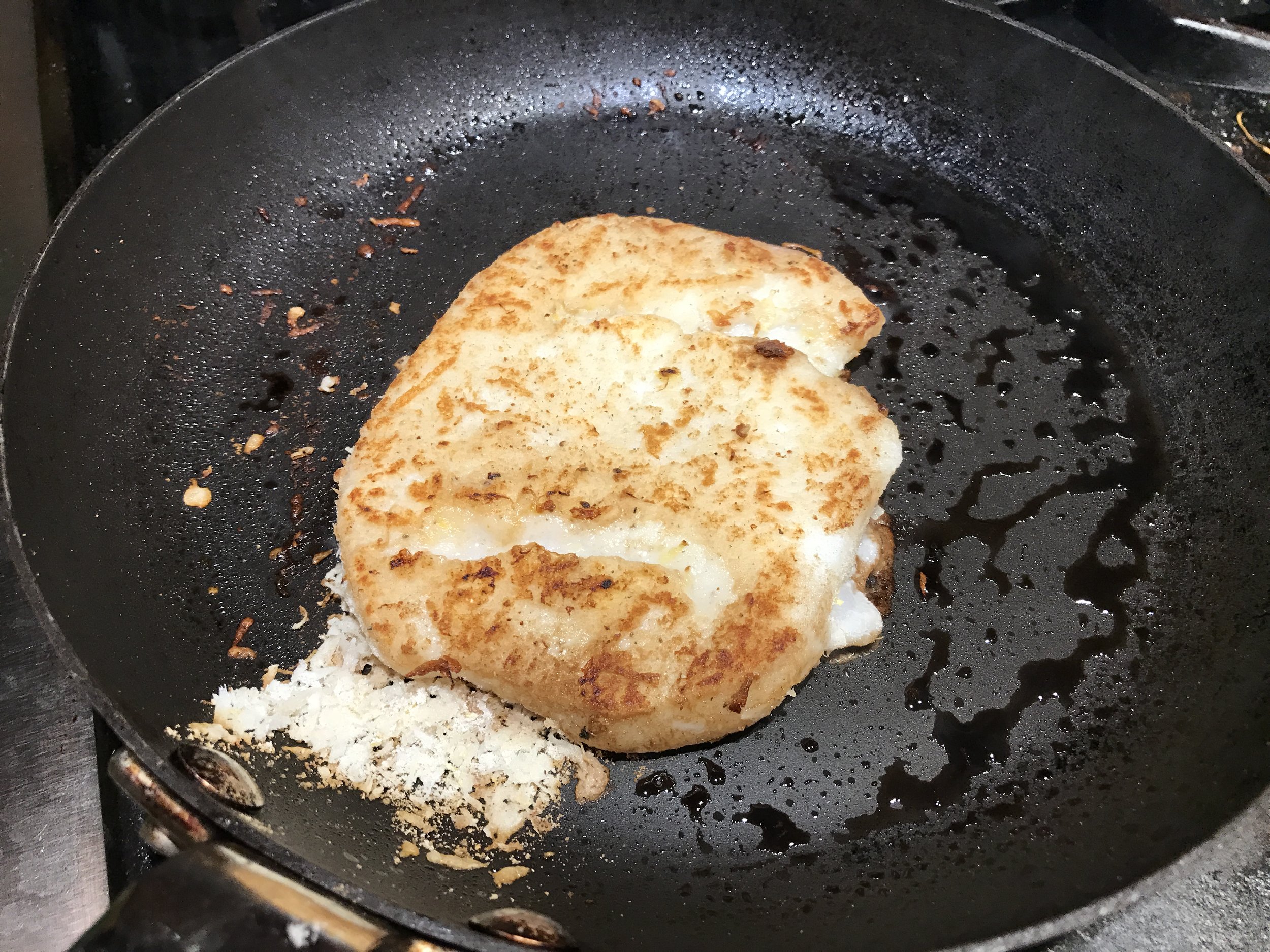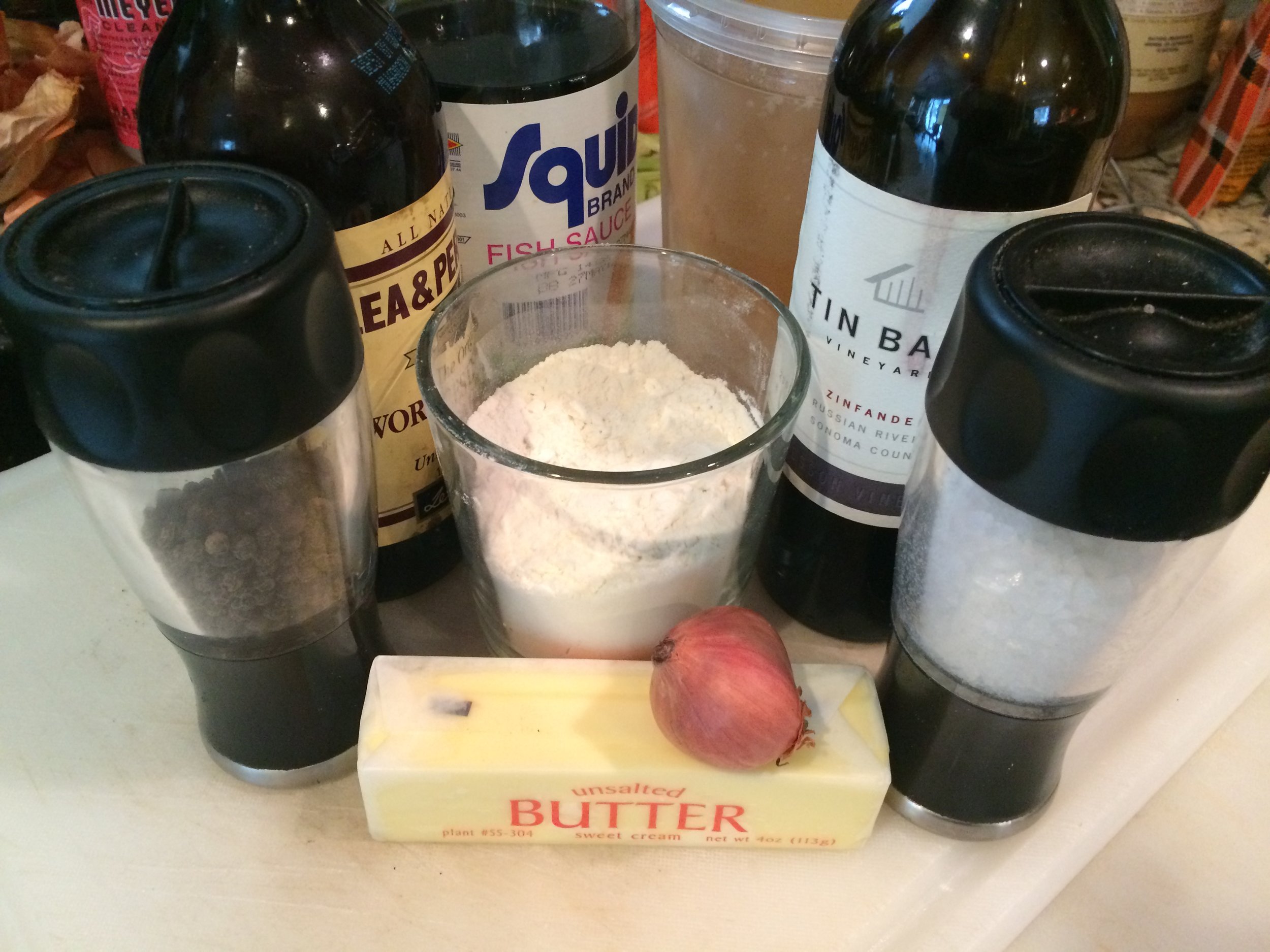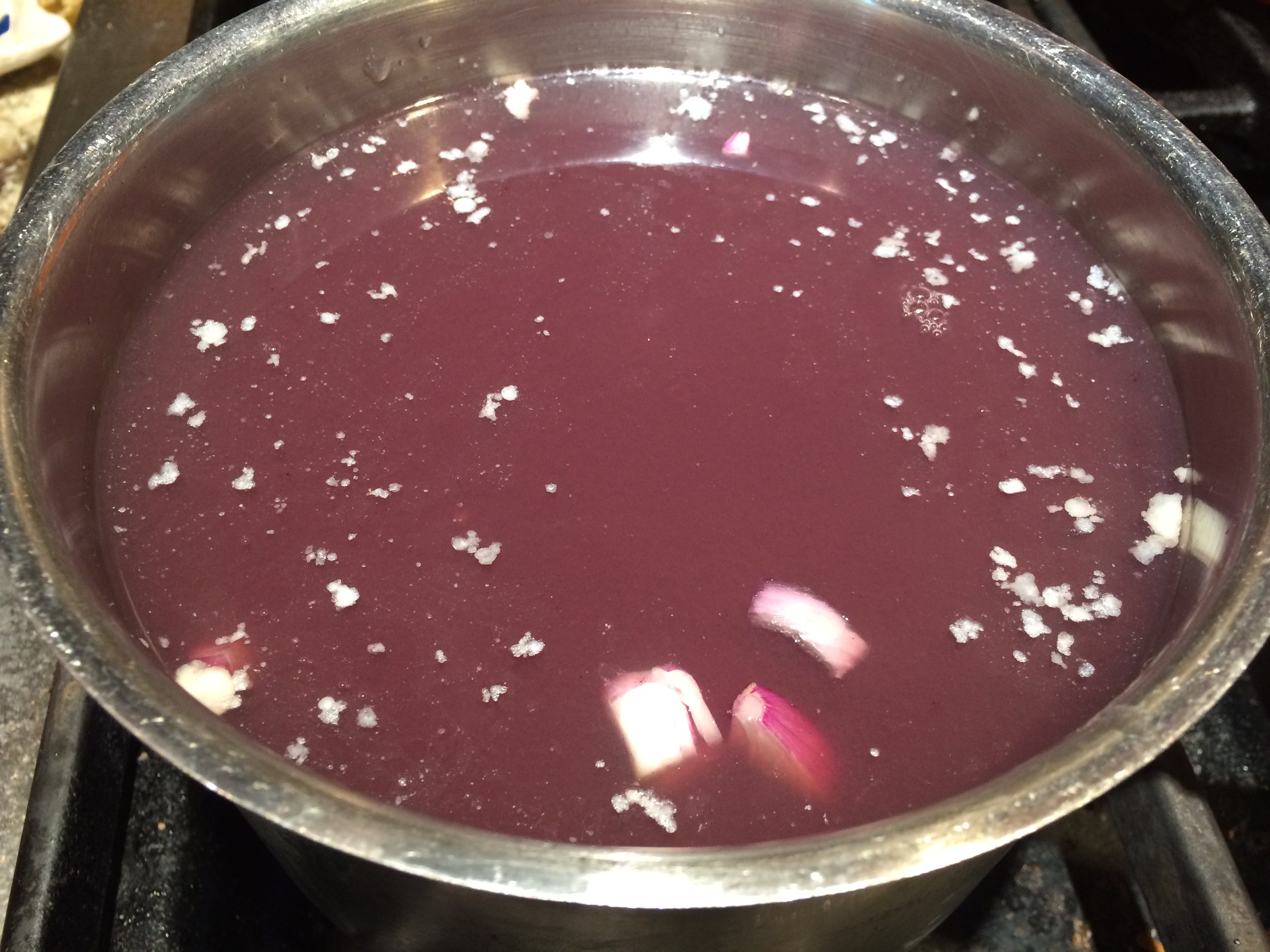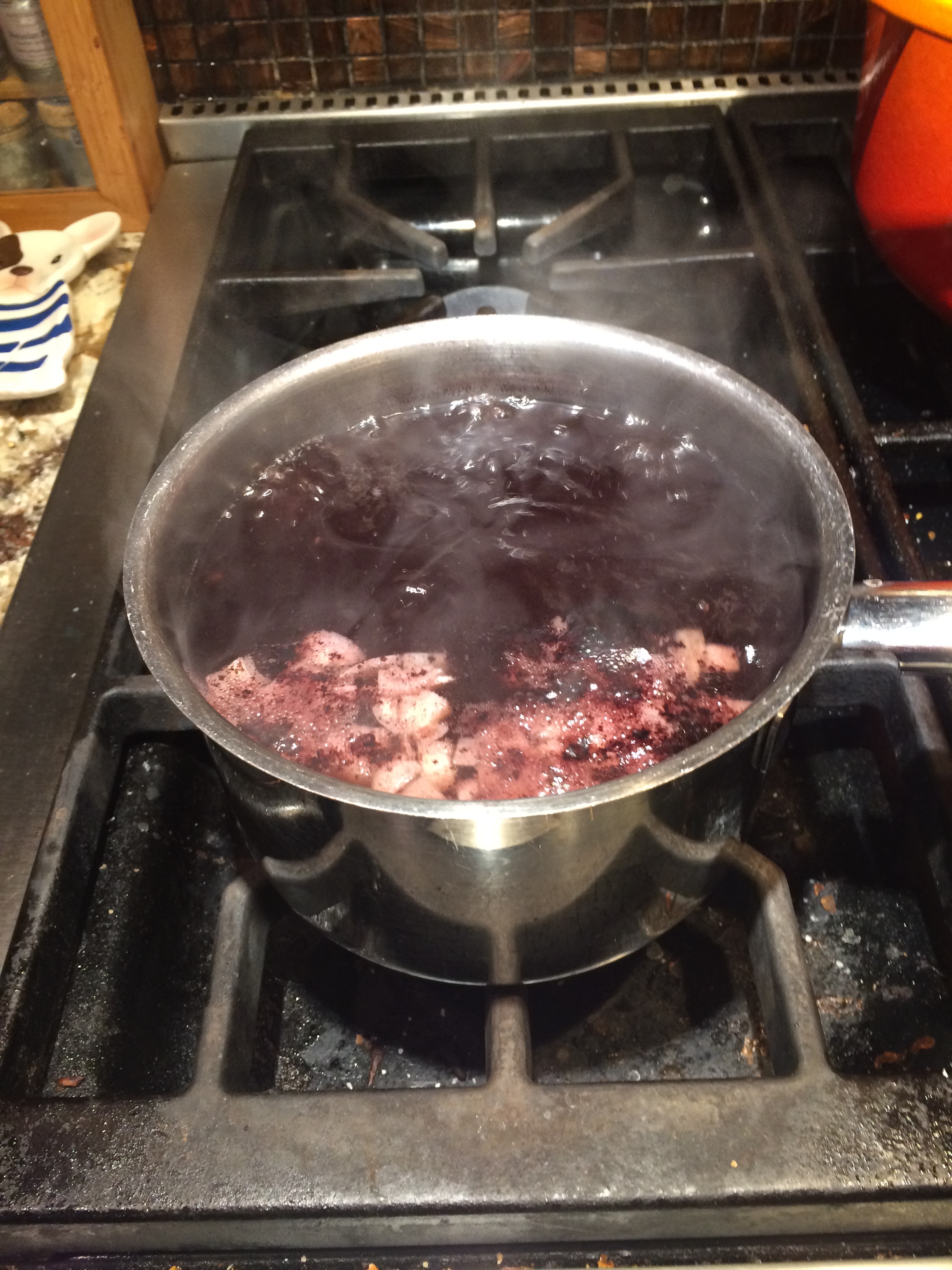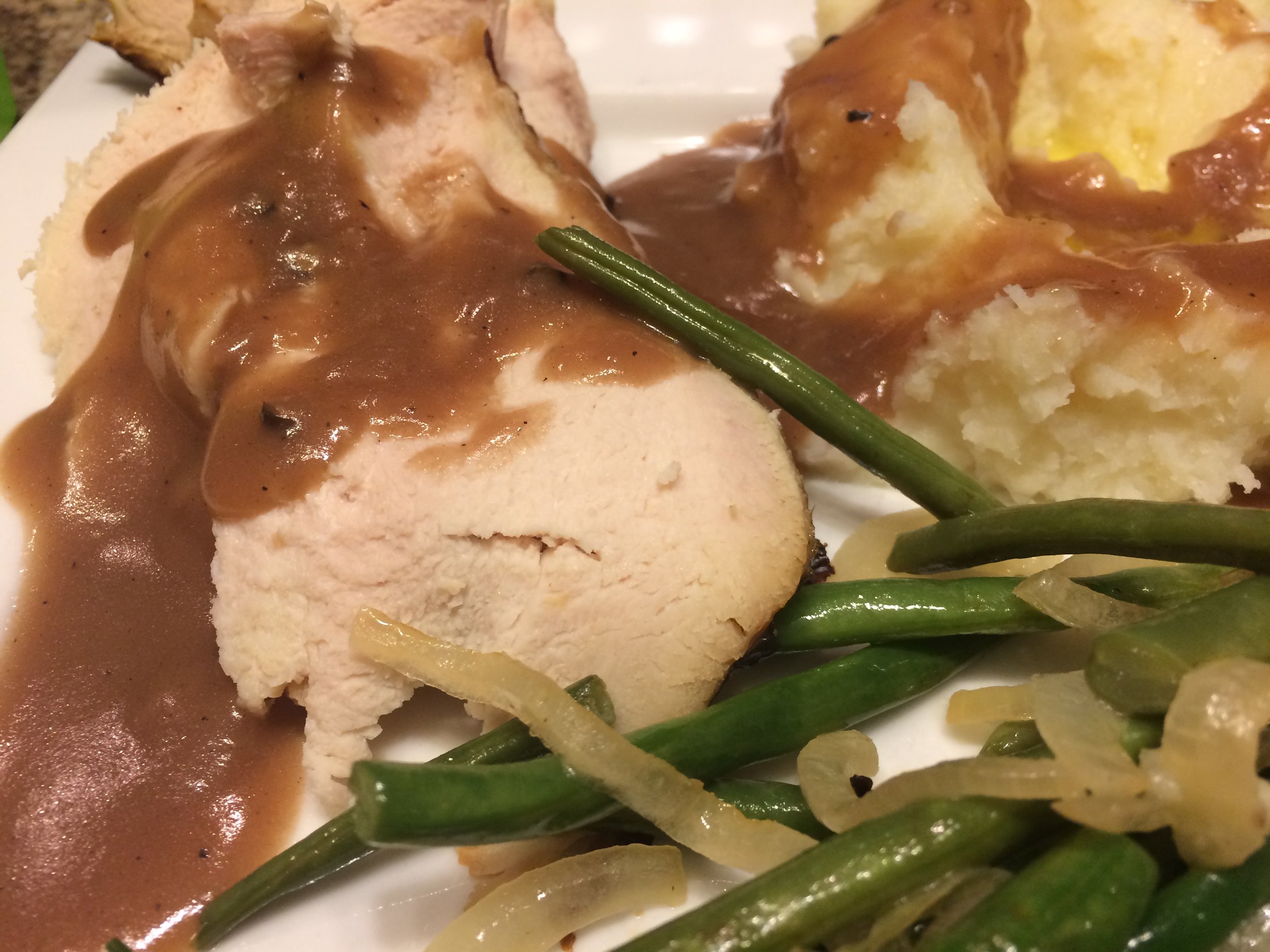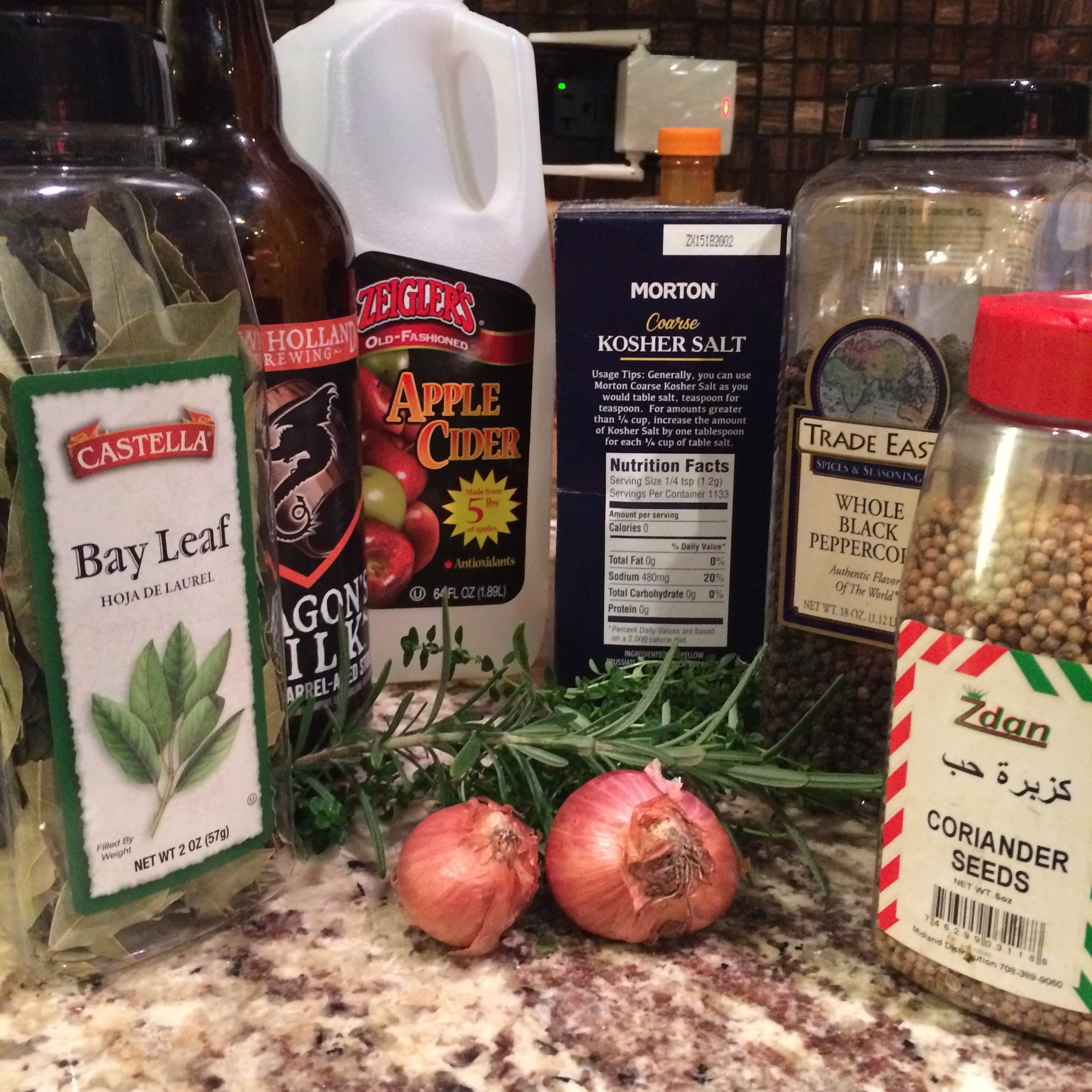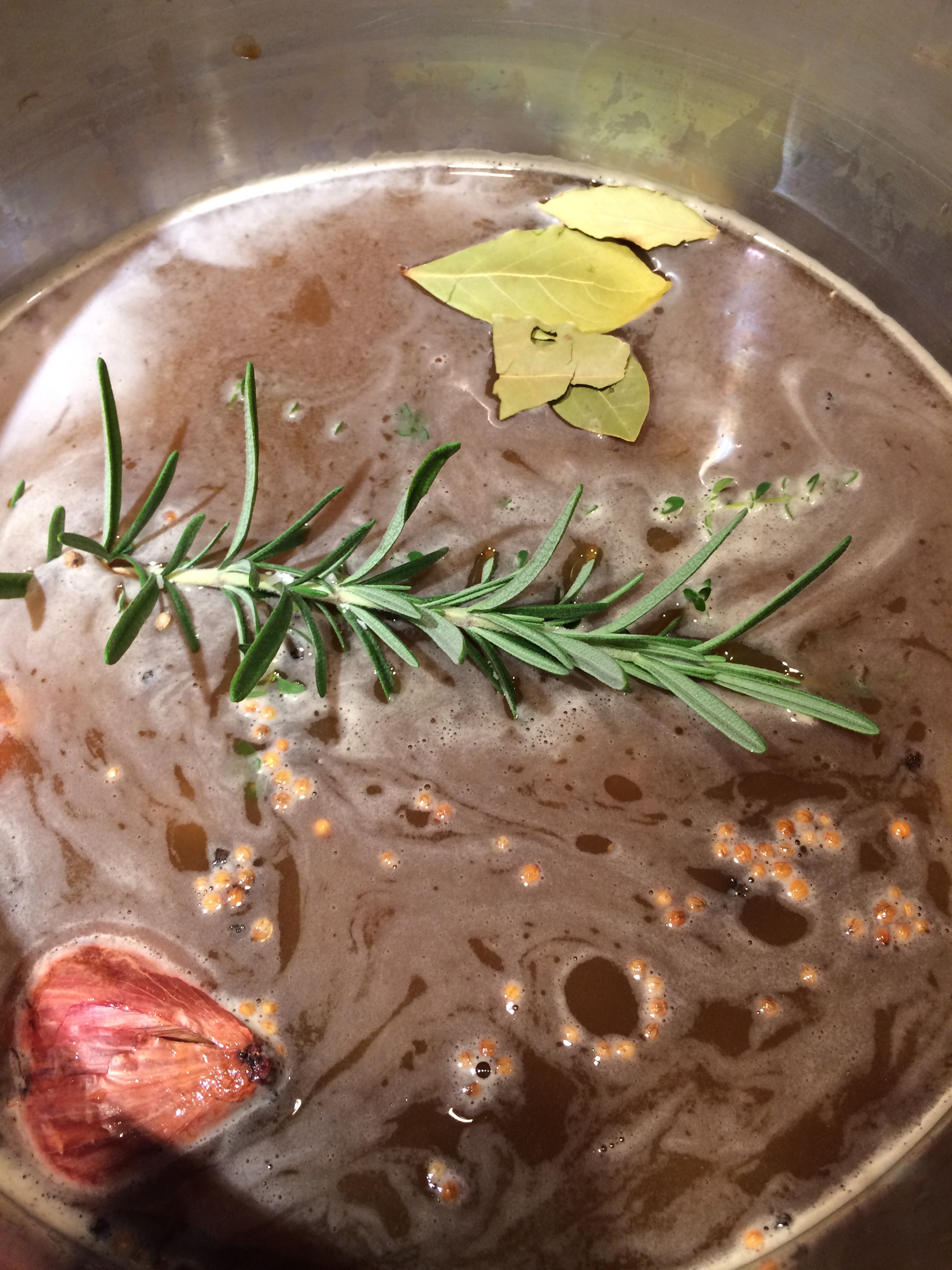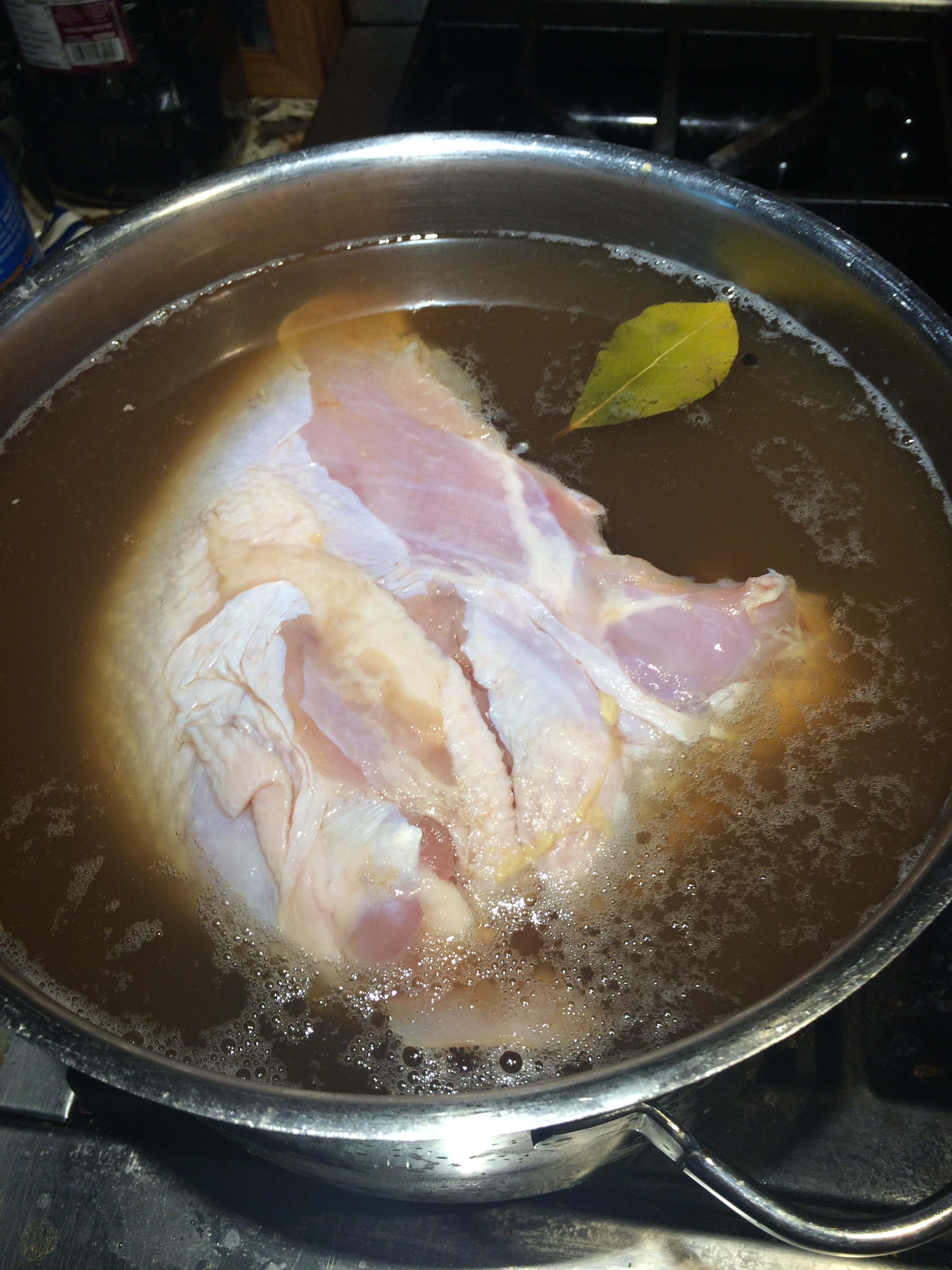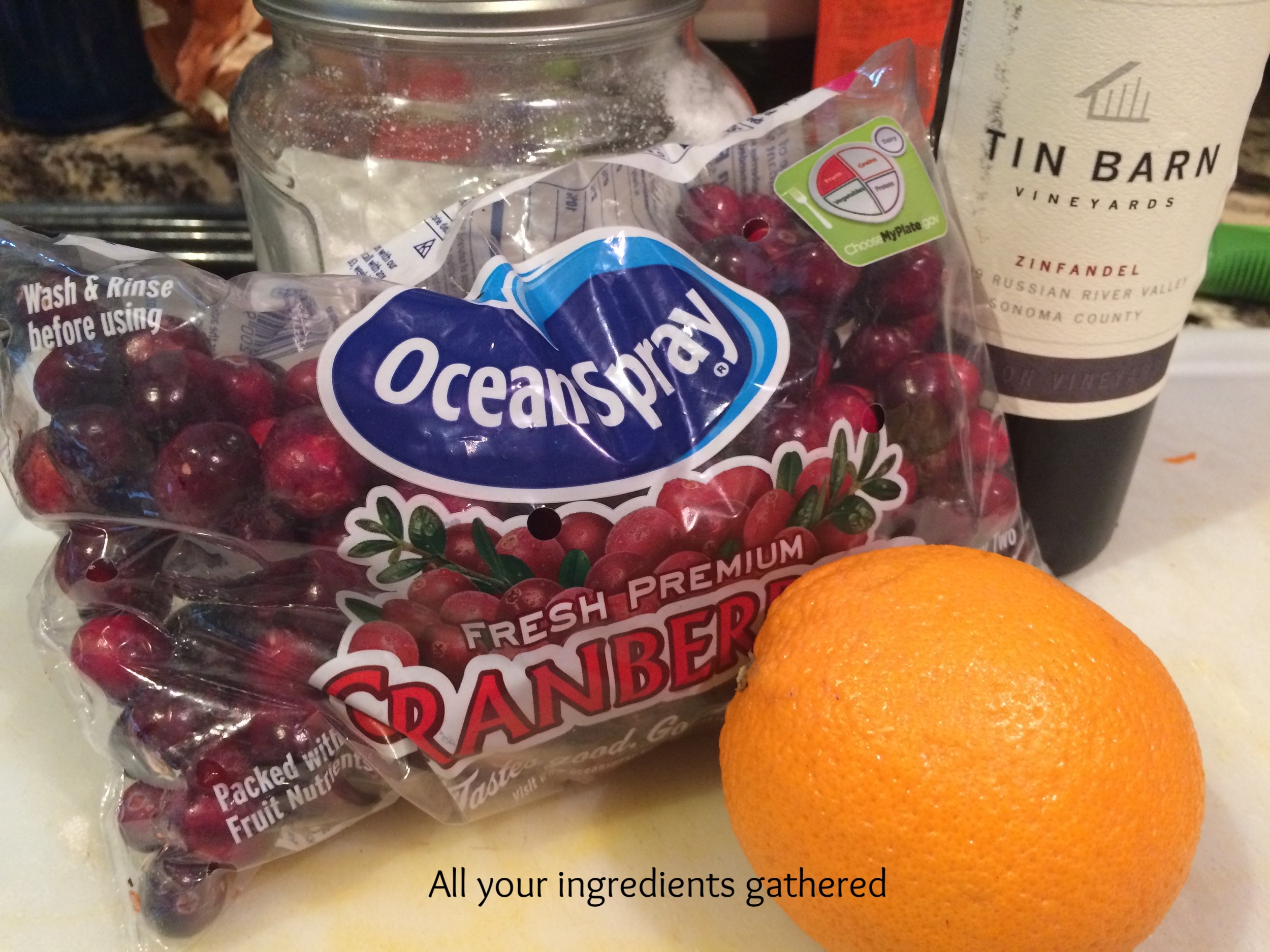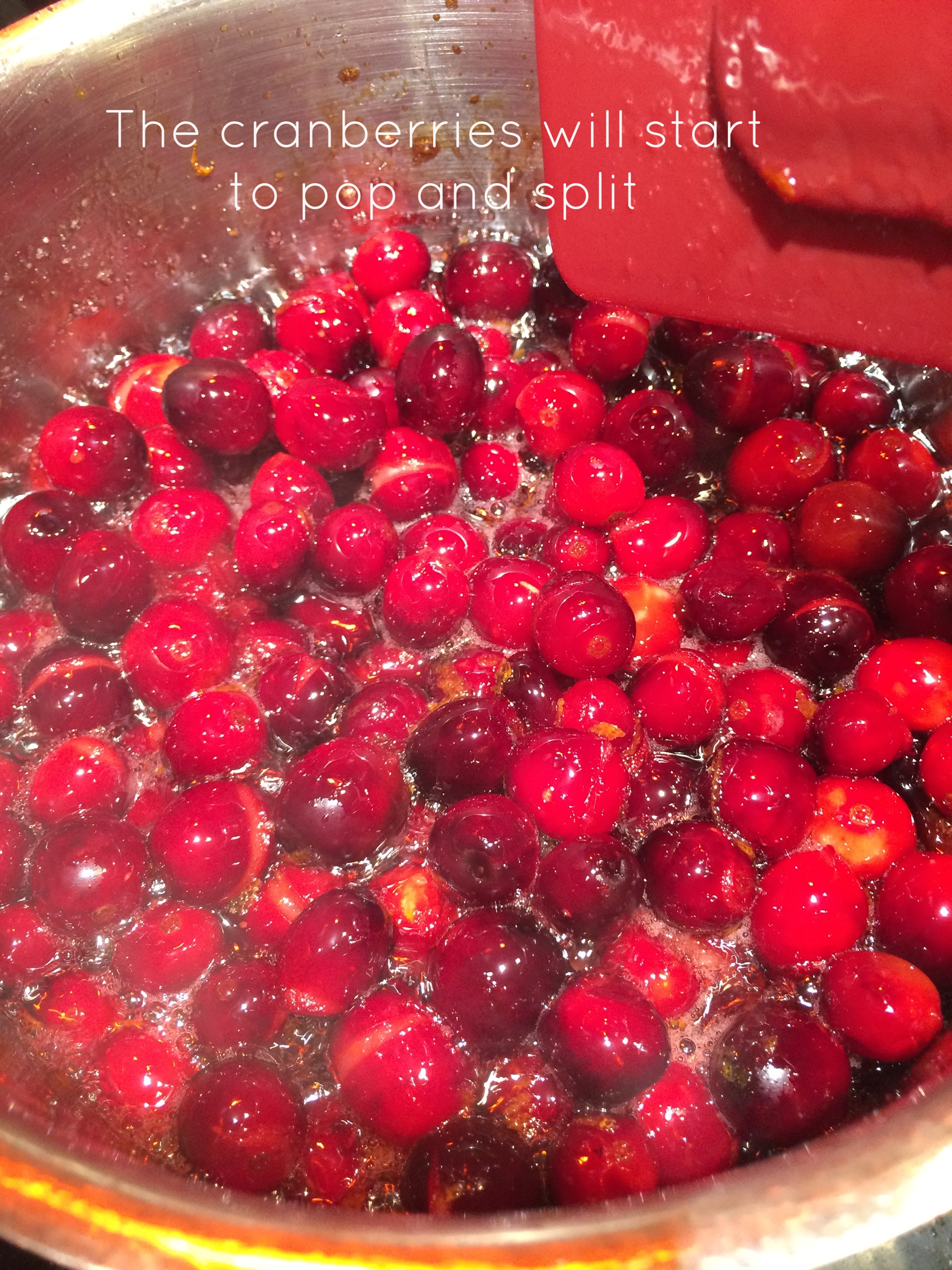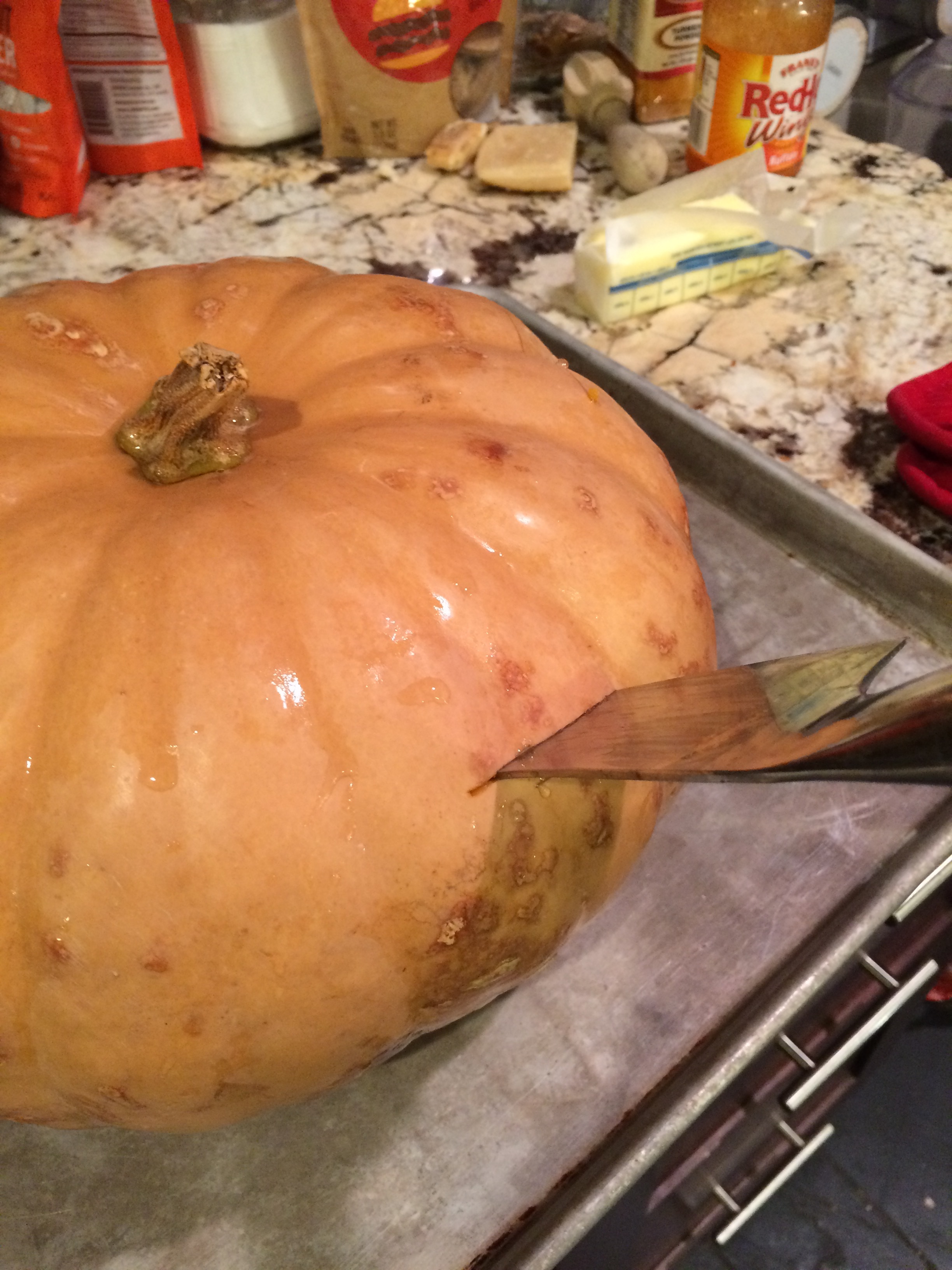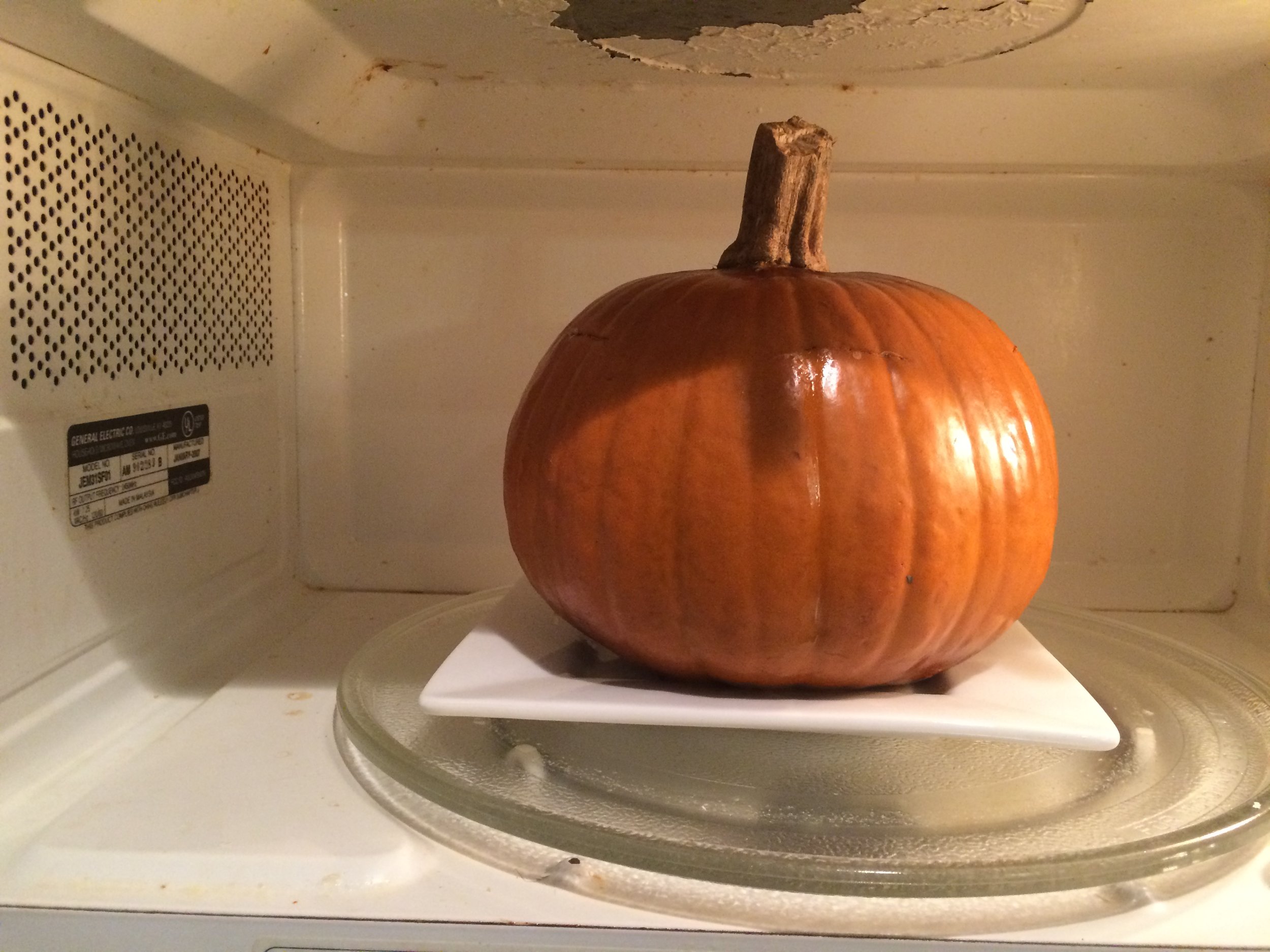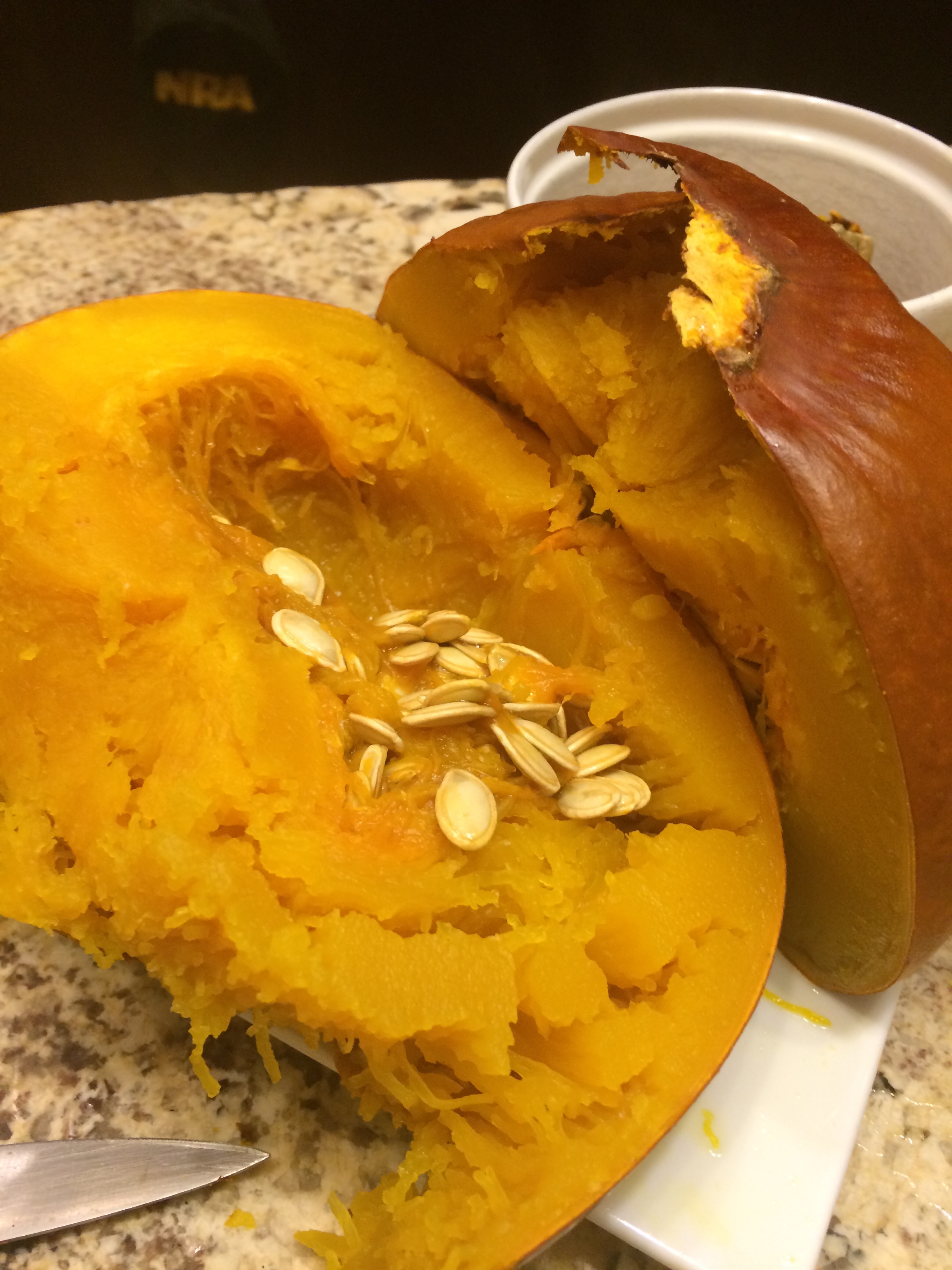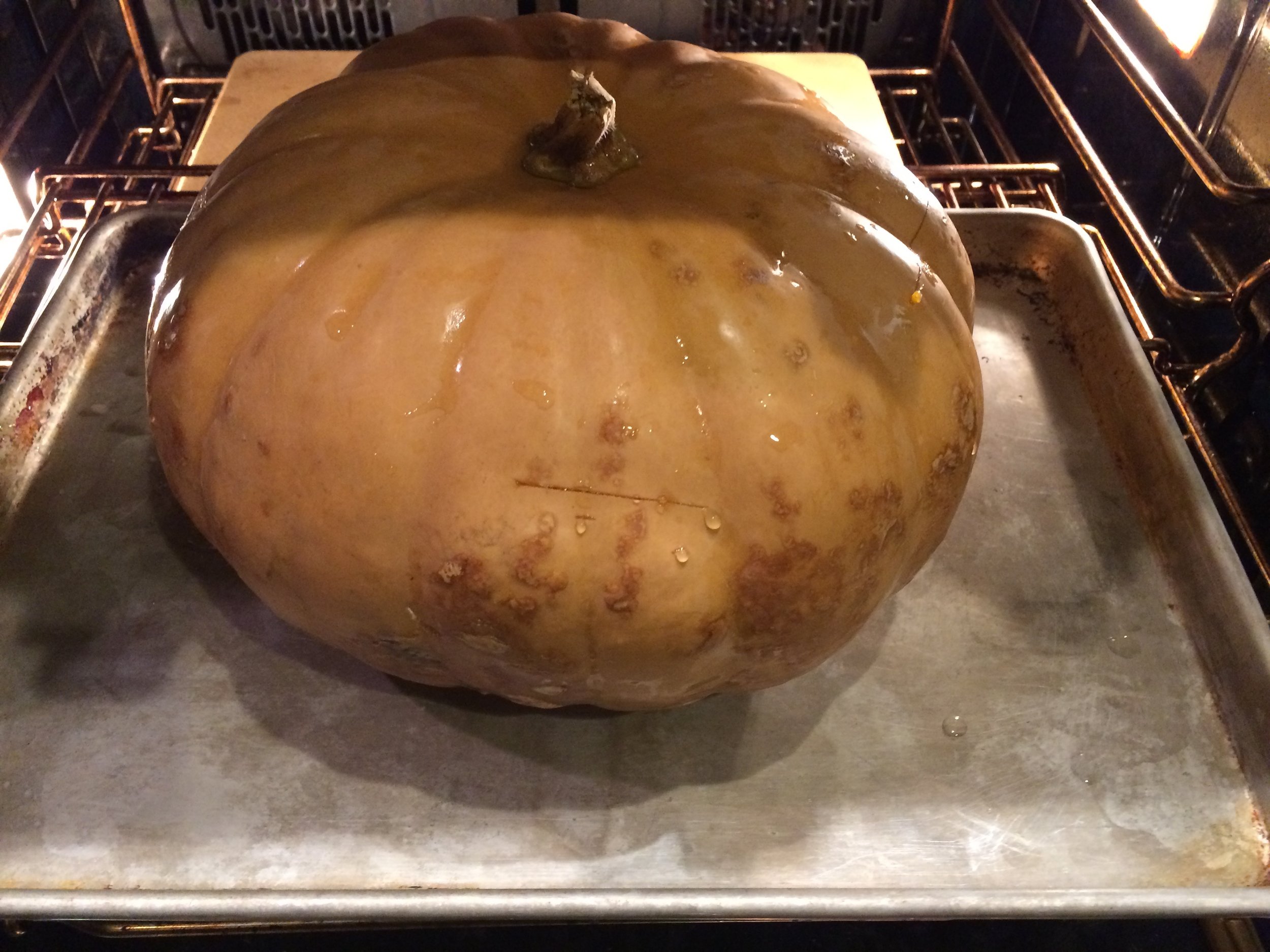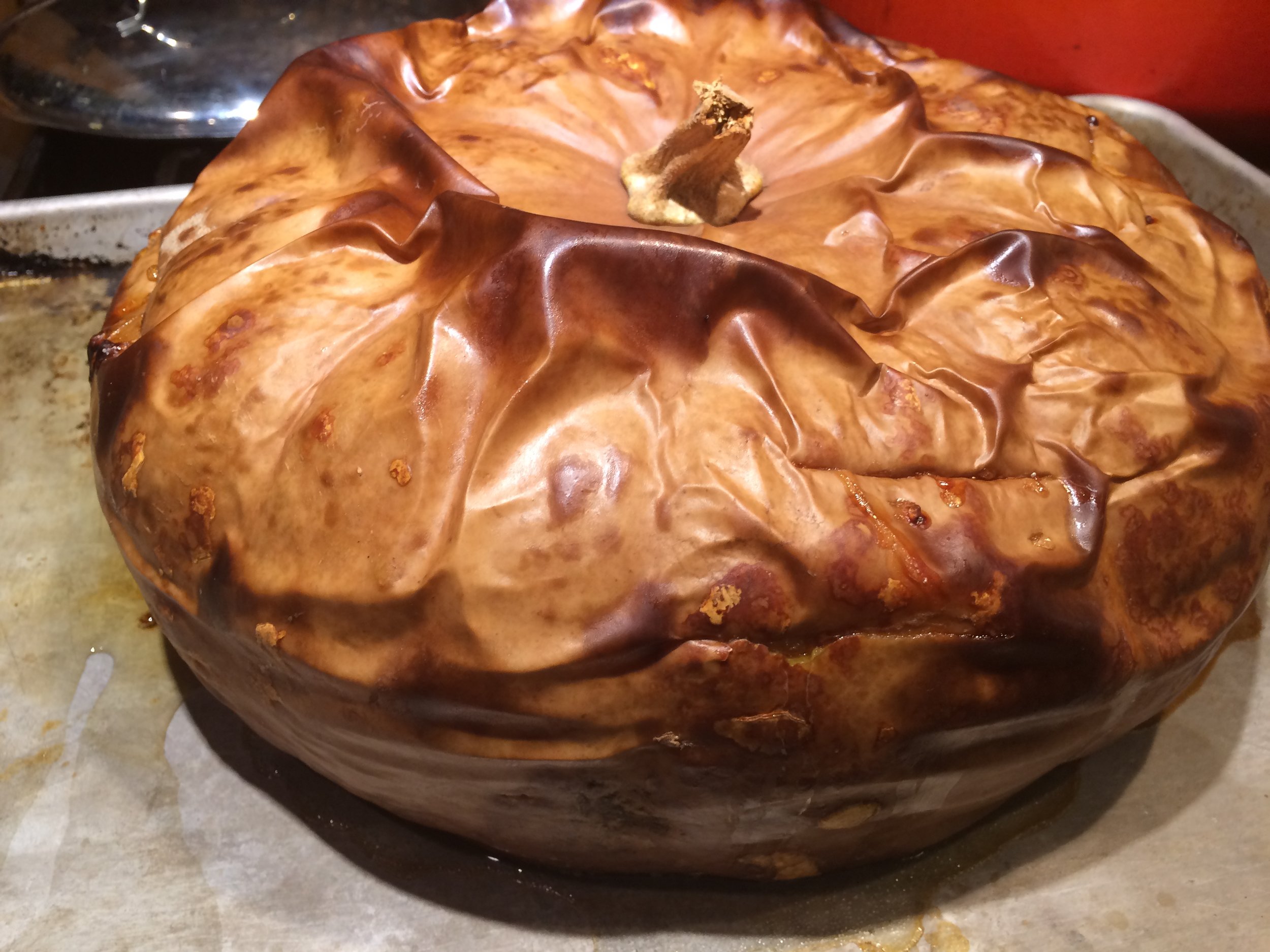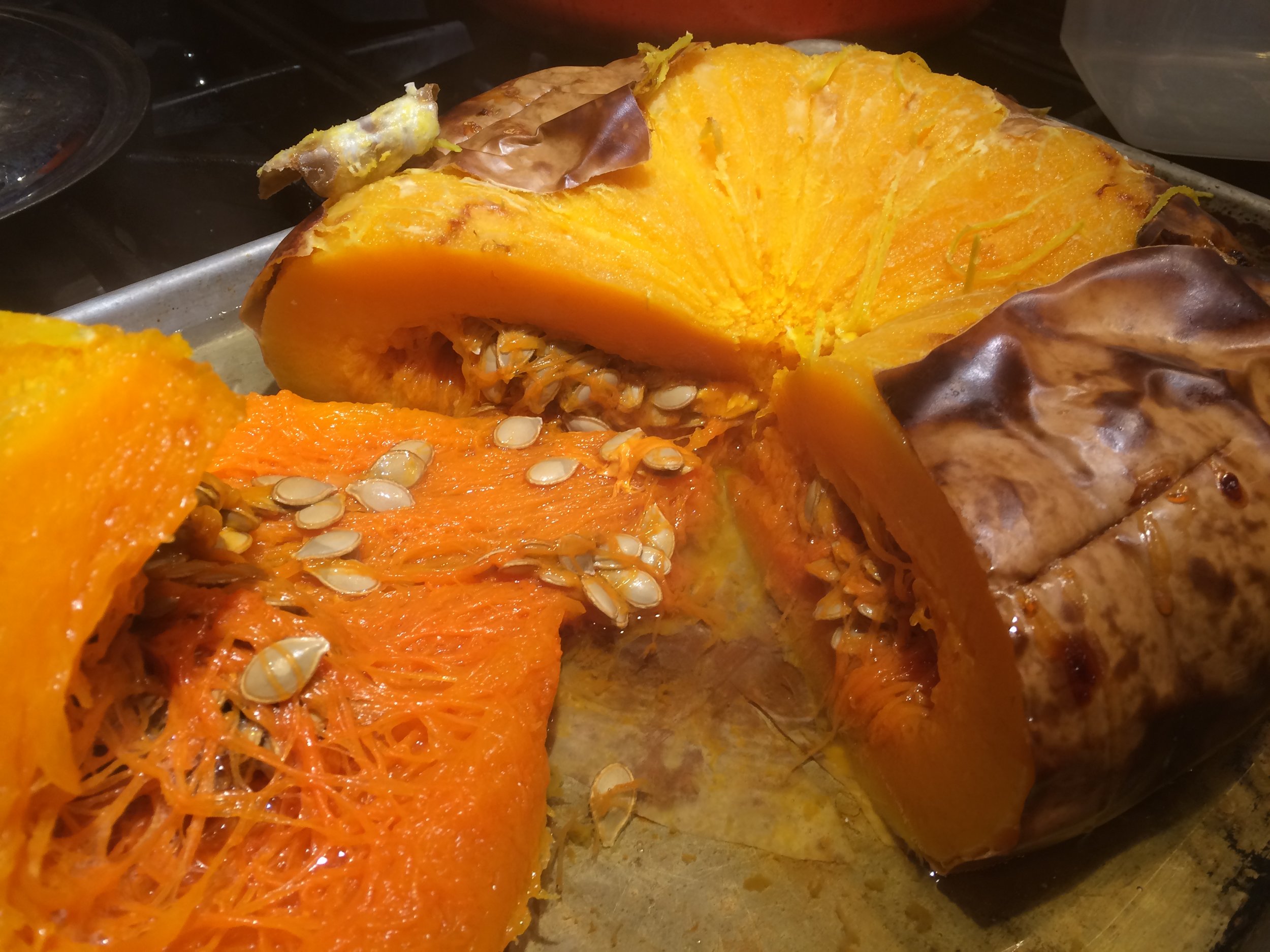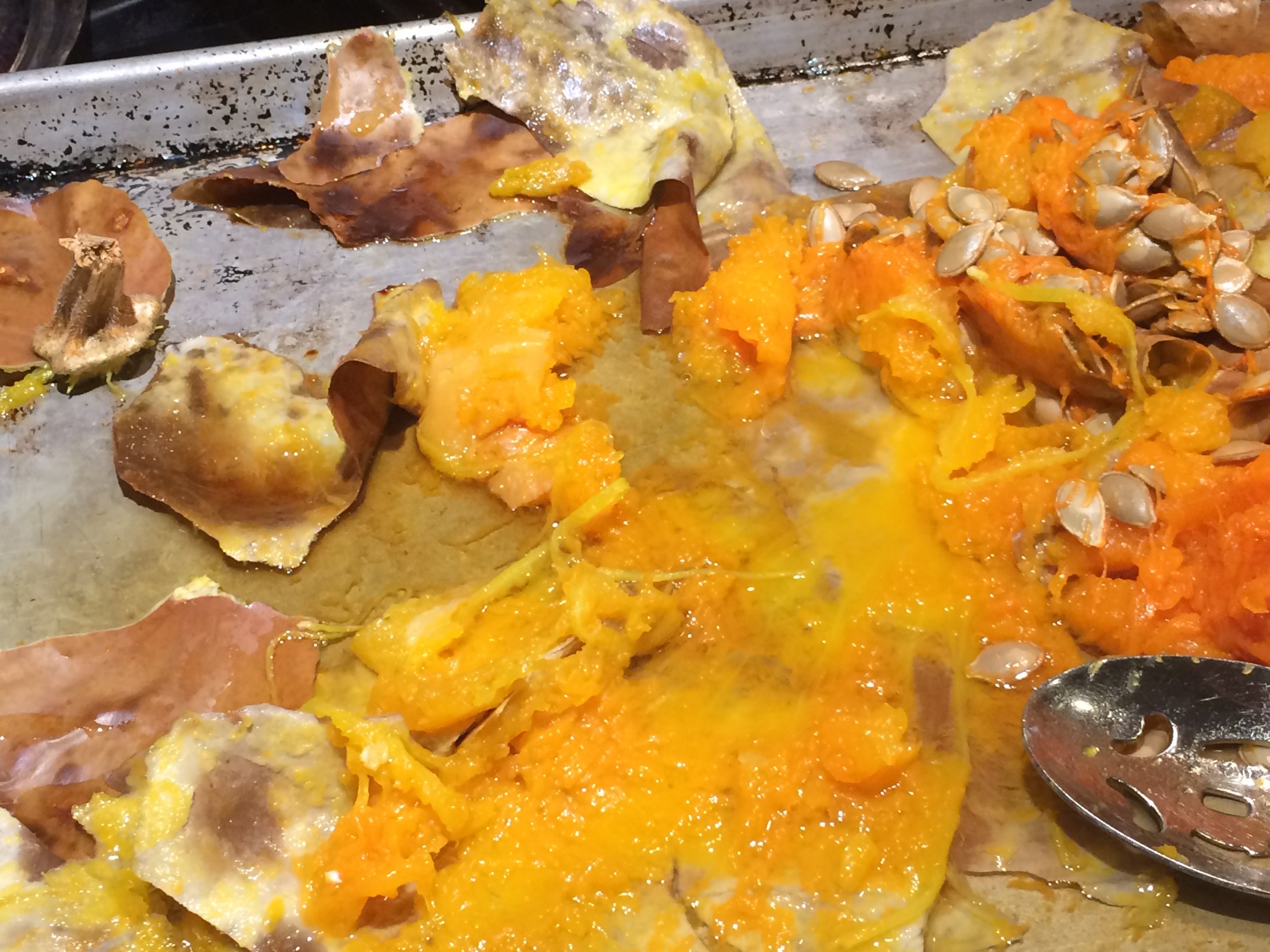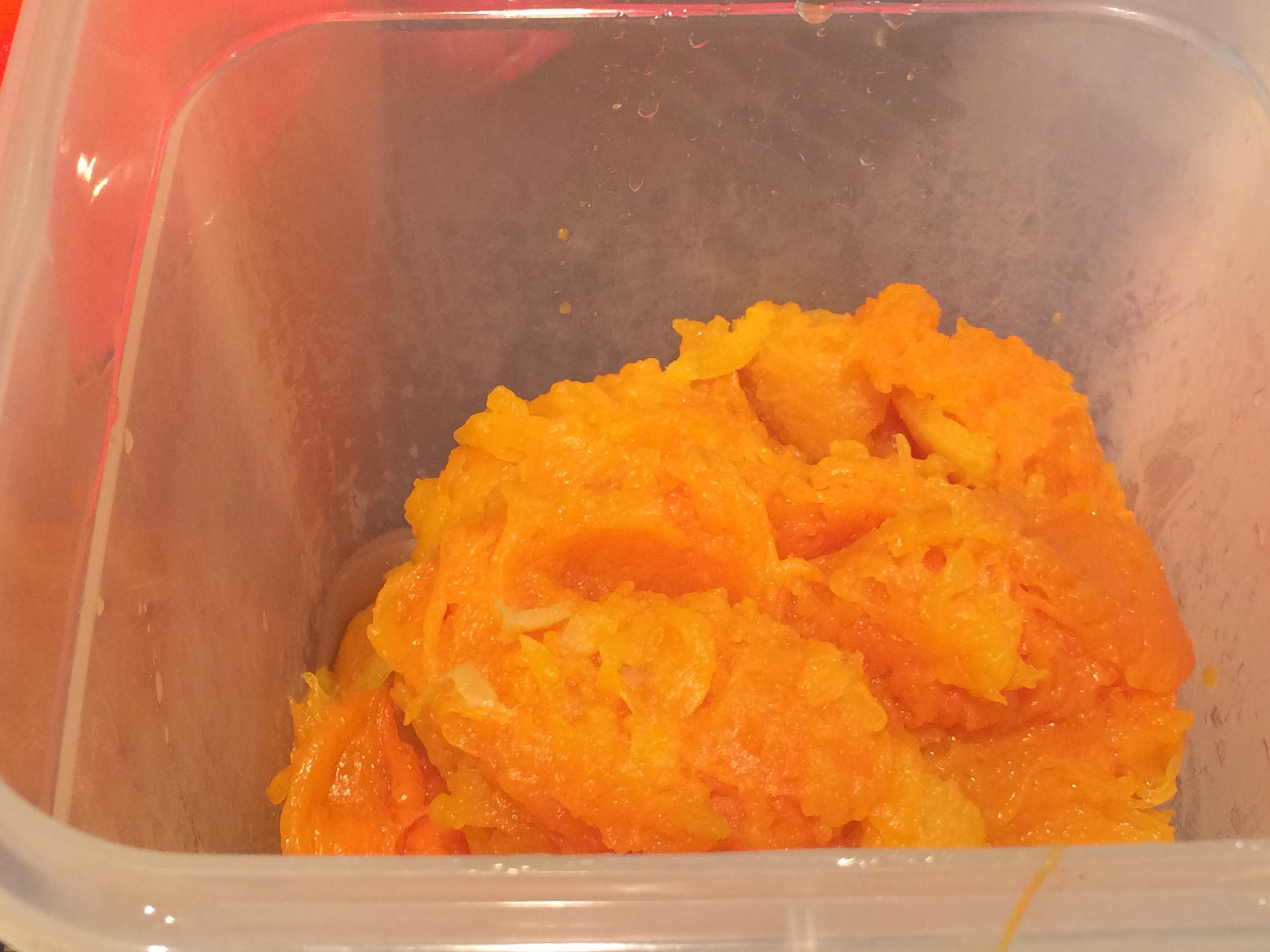Being raised on a farm meant fresh eggs came from the neighbor’s chicken coop, our meat was raised on my grandfather’s farm and vegetables were grown and hand-picked from our garden. This, combined with a Mother and Grandmothers who made absolutely everything from scratch formed my deep appreciation of good food, locally sourced, and my love of the kitchen.
Although at the age of 5 I could whip up some mean scrambled eggs, My passion for cooking really took hold at the age of 12., (although at the age of 5 I could whip up some mean scrambled eggs) anyway at 12,I was absolutely obsessed with a Mexican cookbook , a gift from my Great Aunt., I convinced my godfather to take me to the local "Mercado" to buy fresh dried peppers, masa and other ingredients required to make Chicken Enchiladas from scratch,. (still one of my favorite things to make). Luckily my initial effort was a huge success, (minus the mess in the kitchen,) and the seed for my lifelong passion was planted. To this day Chicken Enchiladas is still one of my favorite things to make.
Fast forward 30+ years: culinary school, multiple kitchens both restaurant and private, a cutlery store and for good measure sometime in the wine country with Chateau St. Jean, that same passion finally led me to Cavallo Point, where for the last 8 years I had the pleasure of being the Director and Executive Chef of the Cooking School at Cavallo Point. During my tenure, The Cooking School was named as one of the Top 10 Resort Cooking Schools in the World by Gayot and Best of the Bay for the Chronicle in 2016. If someone had told me when I first stepped into a kitchen that my career would eventually evolve to actually teaching, and that that desire to share would further fuel my passion both for cooking and my commitment to local sustainable foods, I would’ve said “no-way”. Funny how life turns out.
In my kitchen, guests describe me as “ as a consummate hostess with a dash of Chicago bravado, a penchant for sharing good food and a firm belief that cooking should be fun and accessible for the home chef. When you visit and cook with Jayne you feel as though you are sitting in the kitchen of a friend or relative, made complete by her desire to send everyone away with what she describes as ‘warm fuzzies’”. “Her food is described as fresh, eclectic, and approachable.”
Today, after spending some time up north taming the flames of a wood-burning oven for Chateau St. Jean, I'm thrilled to be doing my own thing. You can find me creating recipes and pairing foods for the Qorkz Kitchen, down south consulting with a hotel group, or taking guests to the local farmer’s market for a market tour and then heading back to my kitchen for a cooking class. You can find me on Instagram @chefjayne or check out the Air BnB experience at:
Market to Chef's Kitchen












